As my circular road trip to the most beautiful places in Andalusia slowly came to an end, I finally arrived at the marvelous city of Cordoba – so yalla yalla, let me guide you through what was once Andalusia’s Moorish Center.

Well, could it be that unintentionally, I had saved the best for last?
- The Cultural Center
- Córdoba's History in a Nutshell
- Córdoba – A City Full of Heritage
- The City Wall and Puerta de Almodóvar
- Casa del IndFiano
- Mezquita – Catedral de Córdoba
- Puente Romano and the Torre de la Calahorra with the Museum of Al-Andalus
- Alcázar de los Reyes Cristianos
- Five Witnesses from the Past
- Plaza de Maimonides
- Capilla Mudéjar de San Bartolomé
- Plaza de las Tendillas
- Plaza de la Corredera
- Templo Romano
- Palacio de Viana
- Plaza del Potro
- Los Patios Cordobeses
- Calleja de las Flores
- Madinat Al-Zahra
- Practical Information
- Map
- Pinnable Pictures
The Cultural Center
I even don’t know what to say – was Córdoba really the most admirable place on my road trip or was I by then just totally lost in the whirlwind of Andalusia’s beauty?
No matter what, it can’t be just me. After all, very few places in the world can brag of having been the capital of a Roman province as well as of the Arab State Al-Andalus and even Caliphate. Significant personalities such as Seneca and Maimonides were born in Córdoba. The latter, by the way, is still honored at every corner and in many business names.
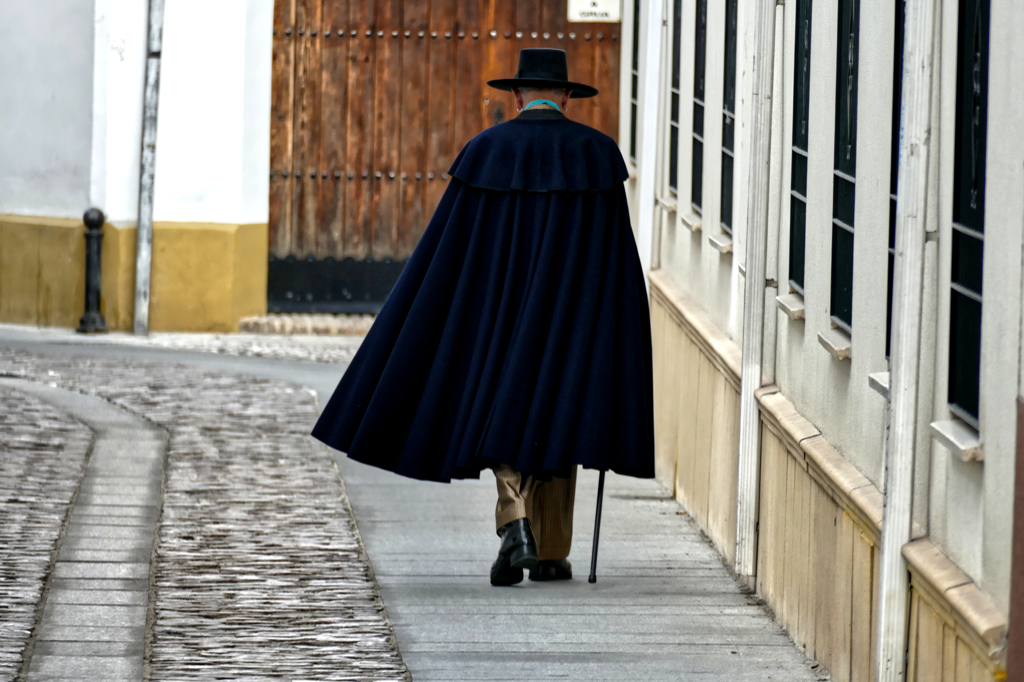
Córdoba now holds four inscriptions in the UNESCO World Heritage List. Apart from the historic old town including the world-famous Mosque-Cathedral, there is also the archeological site Madina Al-Zahra. In 2012, the Festival of the Patios was added, a yearly event focusing on Córdoba’s lovely courtyards. Finally, Córdoba shares the titles of the Intangible Cultural Heritage of Humanity for the art of the Flamenco as well as the Mediterranean Diet with the rest of the country. This being pointed out, I honestly hope they didn’t get the latter for their crispy-golden fried churros.
However, not only is the old quarter of Córdoba a network of alluring alleys, idyllic squares, and whitewashed courtyards. Basically, every spot in the city reflects an incredibly rich history.
Córdoba’s History in a Nutshell
The Romans settled in Córdoba in 169 BC. After the Visigoths conquered the city in 572, it quickly lost its prestige and fell into neglect.
In 711, the Moors seized the city that temporarily became the seat of the governor of al-Andalus. Eventually, it became the capital of the Umayyad emirate.

When the Caliphate of Córdoba was established during the 10th century, more than 100,000 people lived in the metropolis. Hence, Córdoba was actually one of the largest cities in the world at the time. Here, Christians, Jews, and Muslims lived peacefully together.
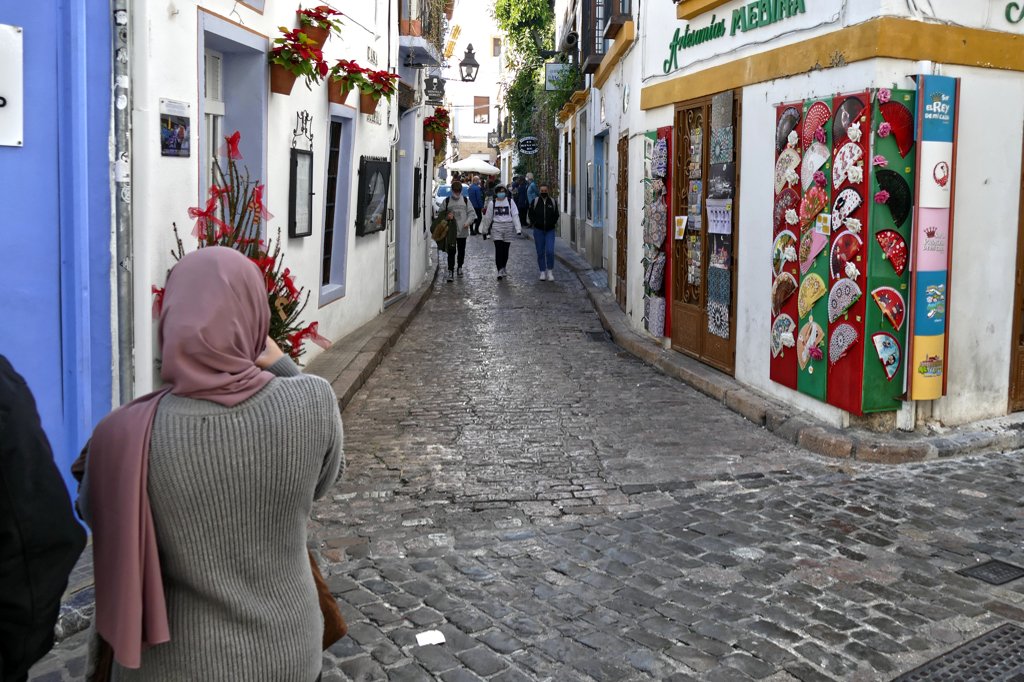
As a matter of fact, Andalusia was a significant center of Jewish life in medieval Europe where the population lead a secure and prosperous life. Also, important Jewish scholars emerged from this background.
Tables Turn
In 1236, the siege of Córdoba ignited the conquest of Spain by the Christian Kings during the so-called Reconquista. Step by step, they diminished the presence and influence of Muslims. This then ended with the fall of Granada in 1492.
For instance, the Mezquita de Córdoba, then the largest mosque in the world, was converted into a Christian cathedral. But also many less significant houses of worship were either transformed or replaced.
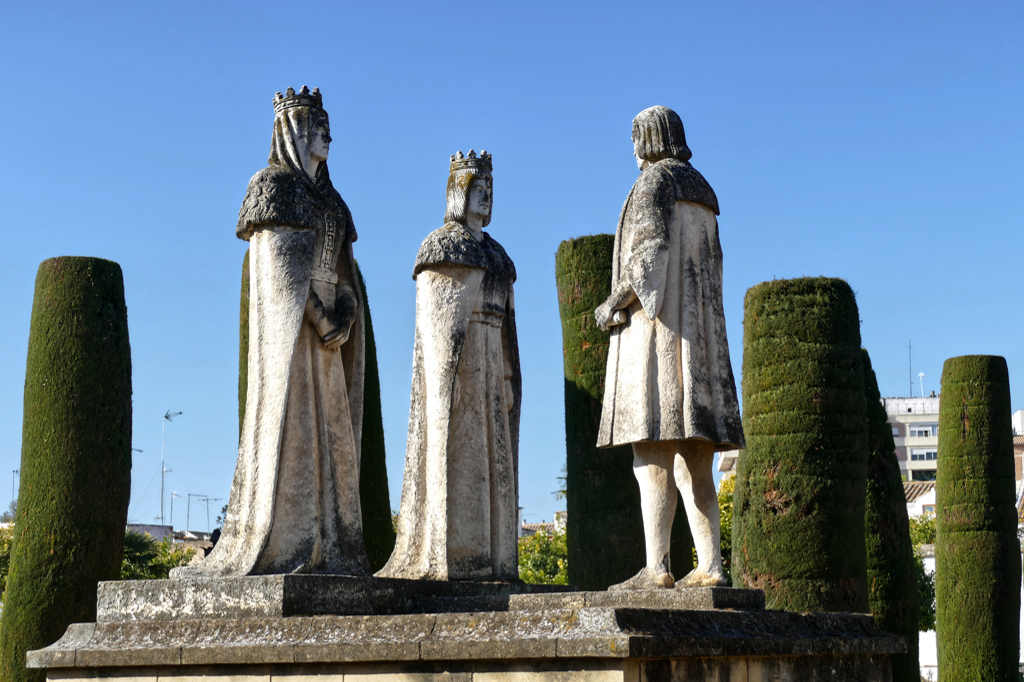
Already in the 11th century, the situation of the Jewish population had worsened as the Islamic Berber dynasty of the Almoravids conquered Andalusia. In 1148, the Almoravids were dismissed by the even more devout Almohads. Under their harsh rule, not only many Jews but also some Muslims left for good. Even the famous Jewish philosopher Moses Maimonides was forced to flee in order to escape his forced conversion.
In 1492, following the Reconquista, the Catholic Kings ordered to expel the Jews who had not converted to Christianity from Castile and Aragon. Consequently, many Sephardic Jews migrated first from Spain and after 1497 also from Portugal.
Córdoba – A City Full of Heritage
Obviously, the tangle of narrow medieval streets surrounding the Mezquita is Córdoba’s most charming attraction. However, there are loads of other unique neighborhoods in the city. Córdoba has the second-largest old town in all of Europe, after all.

So make sure that after having visited the indispensable landmarks like the Mezquita and the Alcázar, you also venture out to the famous patios at the Calle San Basilio and the squares north of the historic old city to experience the less touristy parts of the city and rub shoulders with the locals at traditional eateries.
The City Wall and Puerta de Almodóvar
When I arrived in Córdoba one sunny December morning, I strode through the gate of Arab origin that used to give access to the old town of the city of Córdoba.
Well, I think I need to rephrase this one. To be honest, I was quite far from striding. I rather paced and most importantly, I dragged my far too heavy suitcase over the cobblestone. So when I finally got to the Hotel Eurostars Maimonides* located right next to the Mezquita-Catedral, I realized that I had broken the stupid thing.
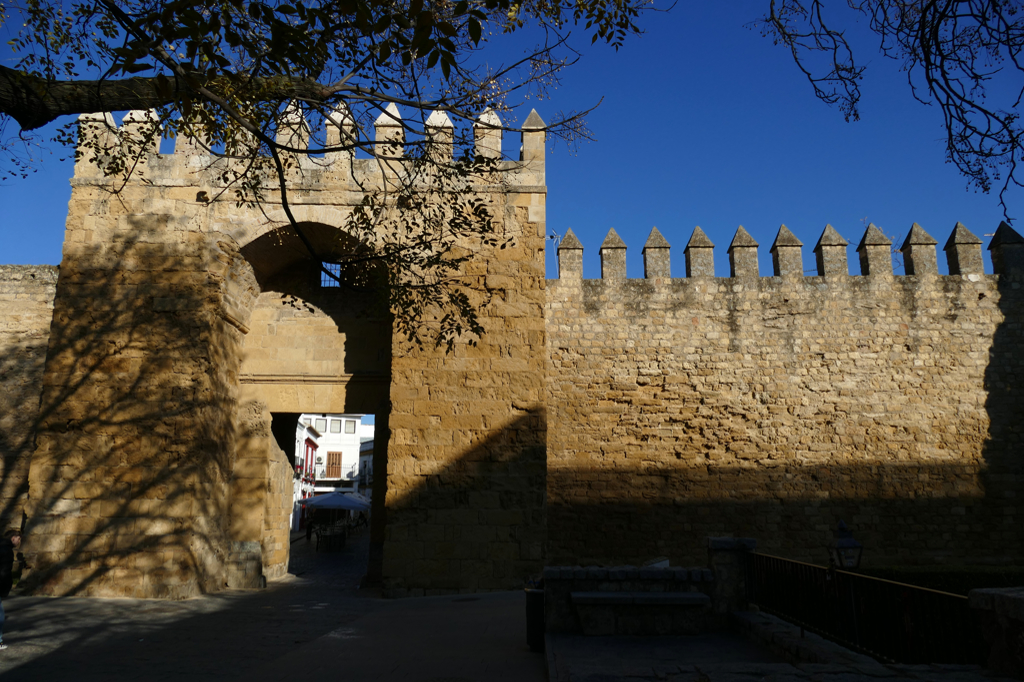
However, the Puerta de Almodóvart is the oldest and least modified of only three gates that are preserved in Córdoba. The other two are Puerta del Puente and the Puerta de Sevilla.
The gate stems from the 14th century. Two prismatic towers are flanking a huge archway. Initially, the gate was called Bab al-Chawz which translates to Walnut Gate – isn’t that pretty?
In the 1950s, a garden was planted in front of this gate on the western side of the historic old town. There, a statue by regional go-to sculptor Pablo Yusti Conejo honors the Córdoban philosopher Seneca.
Casa del IndFiano
Once you enter the historic old town through the Puerta de Almodóvar, the glory begins. You’ll find yourself at the old Jewish Quarter, a neighborhood that actually dates from the late Middle Ages. As you are strolling through cobblestone alleys, you’ll see amazing buildings, charming patios, and some reminders of past Jewish life.
One of the first architectural wonders is the Casa del Indiano in Plaza Ángel de Torres. Today, it is an apartment building. However, the door of the old façade also gives access to the Calleja del Indiano.
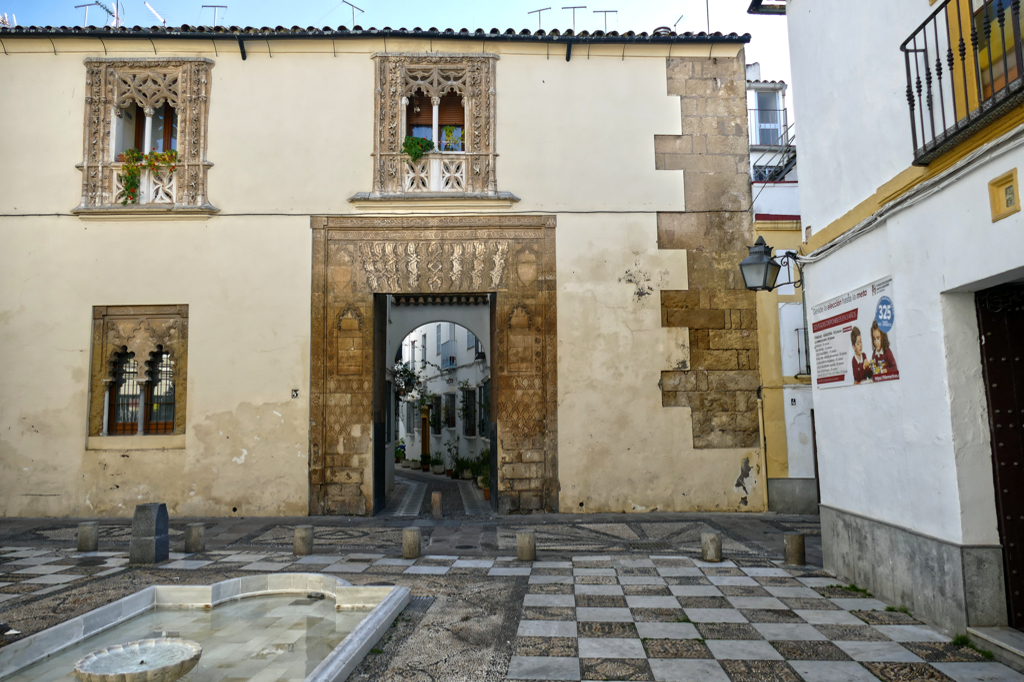
The house belonged to the Ceas family who settled in the city after the Reconquista. Later, it was inhabited by Juan Cosme Paniagua, who claimed to have lived in the Americas. Therefore, he was known as the Indiano – we all know about Columbus’ fateful boo-boo – and his residence got his name.
The main façade is the only thing that is preserved of this house from the 15th century. The rest of the building was re-modeled in the 1970s. It shows a wonderful mixture of Gothic and Mudejar elements. For instance, the lower floor has Arabic multifoil arches. In contrast, in the upper windows, the arches are lowered and decorated with Gothic tracery and floral ornaments.
Mezquita – Catedral de Córdoba
There are sights that make me gasp in awe and my eyes tear in amazement. Machu Picchu was such a place. The Halong Bay, too. And now, as I entered the Mezquita, I also had an actual physical reaction to the wonder before my eyes.
Actually, the Mezquita is a monumental mosque-turned-cathedral. The building is full of history and beauty and you definitely should give yourself about two hours to let the magic sink in.
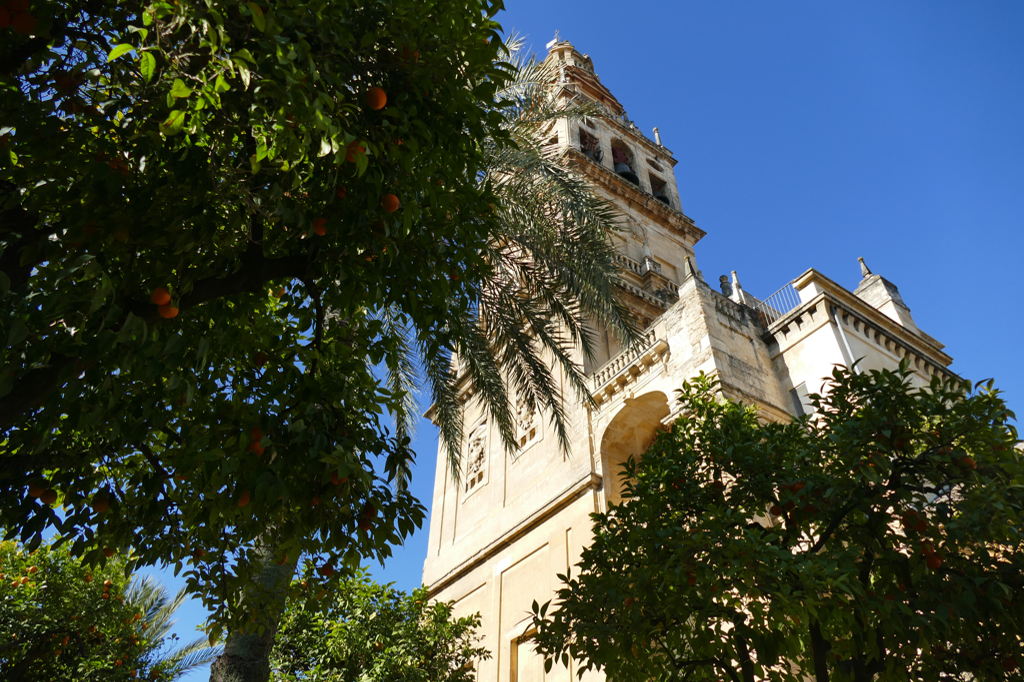
The original mosque was constructed in 786 and eventually extended several times. Following Reconquista in 1236, the Catholic Kings didn’t waste time converting the building into a church. In the 16th century, a Cathedral was constructed in the center of the building. Despite this Cathedral, most of the original mosque structures remained.

Consequently, you are standing in a forest of 1300 columns connected by 760 arches. The symmetry, shape, color, and the game of shadow and light just overwhelmed me. Just walking up and down and left and right, you will be amazed by the changing perspective and literally patterns that change from angle to angle.
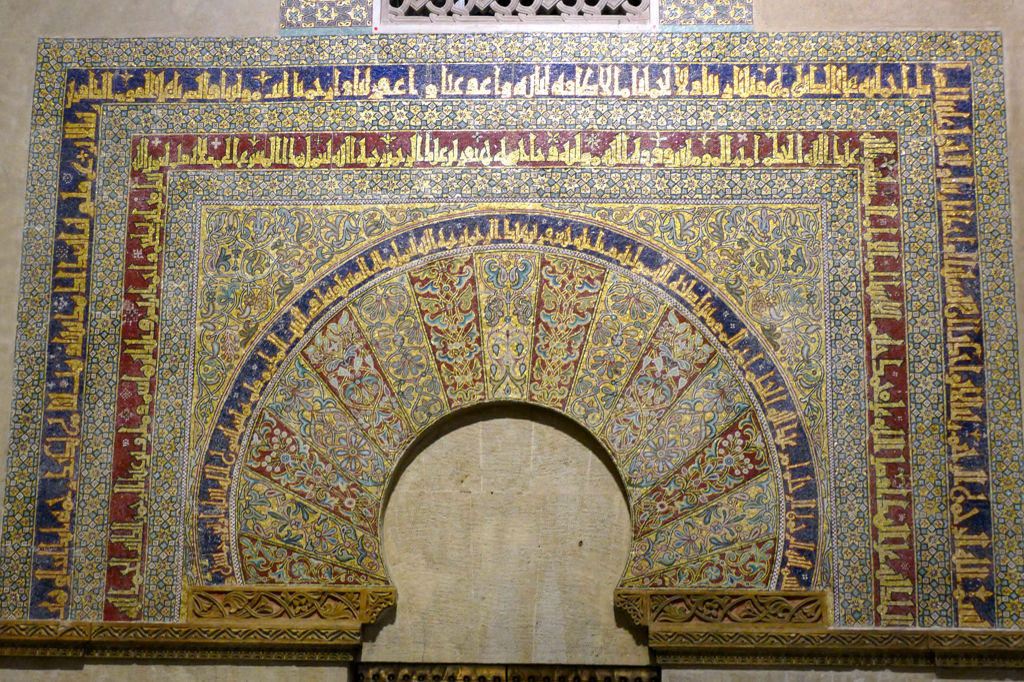
If you do not lose yourself in this enchanted place right away, you’ll first get to the Mihrab right across from the main entrance. It is a dazzling archway ornamented with Arabic penmanship. Here used to be the central part of the mosque as it faces in the direction of Mecca. Thousands of faithful knelt here on their rugs and prayed.
Changing Faith
As I explained above, the Cathedral is actually in the center of the building. With the approval of Emperor Charles V, the construction of a Gothic nave began in 1523. To make room, some of the columns were removed from the central part. Also, between 1593 and 1664, the minaret was replaced by a bell tower.
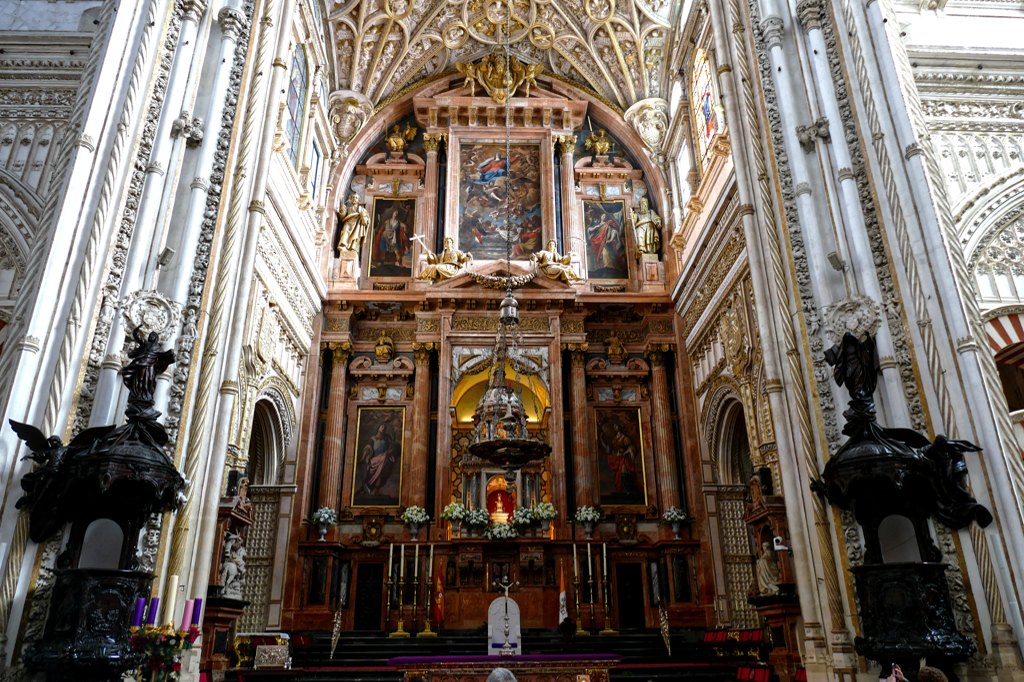
Along the walls are chapels and in the southwestern corner is an exhibition of artifacts excavated from beneath the Mezquita.
The Mezquita has also a lush court with a symmetrically planted grove of orange trees. They kind of mirror the forest of columns inside. You can enter the patio for free just like a public park.
Plan Your Visit:
The Mezquita – Catedral de Córdoba is open every day from 10 a.m. to 6 p.m. and the general entrance is 11 €uros. To climb up the tower, you have to pay an additional 3 €uro, however, access is in small groups every 30 minutes between 9.30 a.m. and 5.30 p.m.
At 8 p.m. and 9.30 p.m., a light’n’sound show takes place within the Mezquita that costs 18 €uros.
You can buy tickets from machines on-site. However, especially during the high season, early online reservation on their website is highly recommended.
Puente Romano and the Torre de la Calahorra with the Museum of Al-Andalus
South of the Mezquita – Catedral is the Puente Romano spanning over the Guadalquivir river. It was built – take a wild guess – by the Romans in 45 B. C. It has 16 arches and was once part of the Via Augusta.
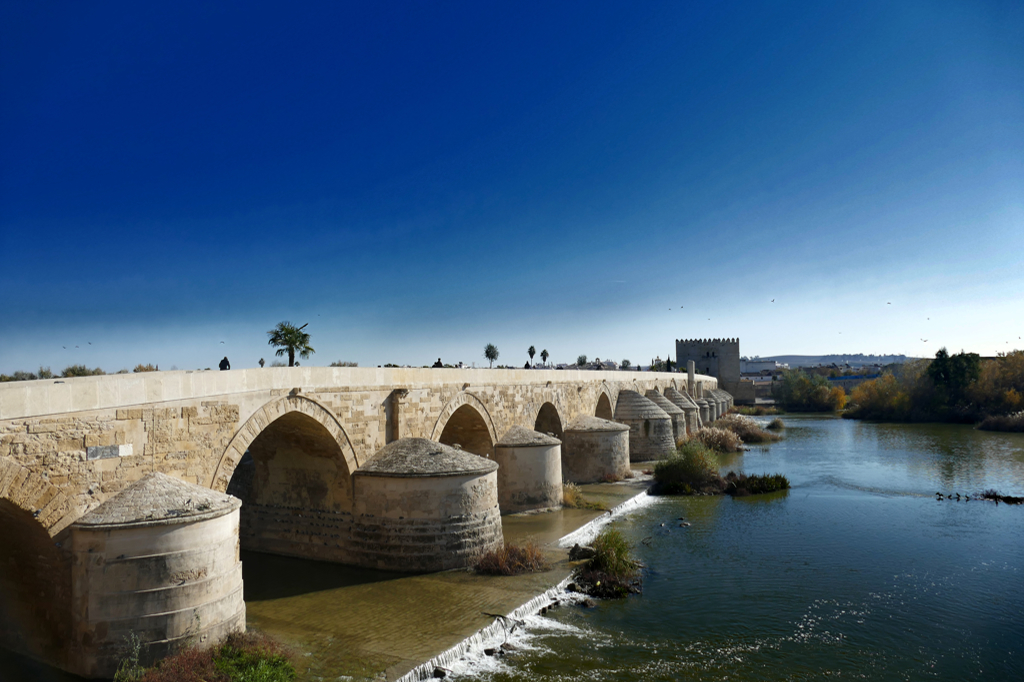
At the end of the bridge on the southern bank of the river stand the Torre de la Calahorra. Built in the Middle Ages, it first used to be a watchtower. In the 18th century, it served as a prison and eventually as a school for girls. Today, the tower houses the Museum of Al-Andalus.
It is a designated museum of three cultures, hence, it informs on the existence, faith’n’fate of Córdoba’s Christians, Jews, and Muslims between the 9th and 13th centuries.
From the top of the tower, you have a panoramic view of the bridge and Córdoba’s old town.
The Puente Romas was a filming location for Game of Thrones. It was the Long Bridge of Volantis in the fifth season.
The Museum of Al-Andalus is open every day from 10 a.m. to 6 p.m. and the general entrance is only 4.50 €uros.
Alcázar de los Reyes Cristianos
The second-most prominent complex in Córdoba is the Palace of the Christian Kings, built in the 14th century on the grounds of an older Arab castle. It was the Catholic King’s residence until the conquest of Granada.
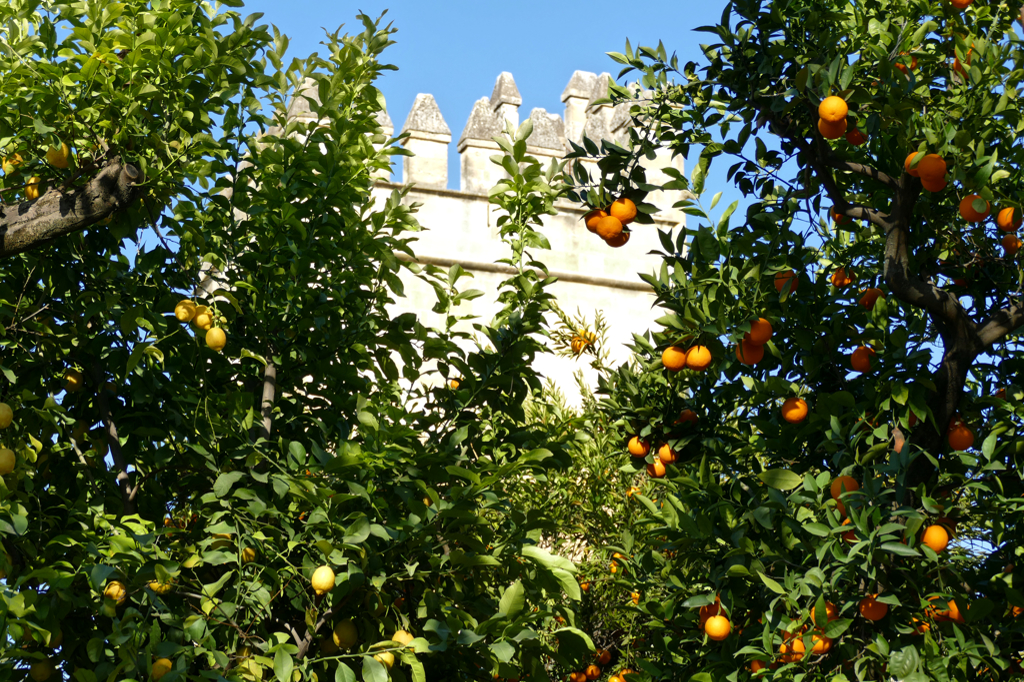
Inside the palace are wonderful Roman mosaics and a marble sarcophagus from the 3rd century. Also, the Arabic baths are quite remarkable. Of the towers at the four corners of the building, three are still standing while the Torre de la Vela was demolished in the 19th century. Today, the Torre de Los Leones is the entrance to the Alcázar.
Salón de los Mosaicos
As I mentioned above, there is a collection of Roman mosaics at the Alcázar. And since I adore those old mosaics, to me, it’s one of the best things to see. They are exhibited in the building’s main hall, constructed in the 18th century.
The mosaics on show were discovered at the Plaza de la Corredera only at the end of the 1950s. They were the decorative parts of the Roman Circus.

Underneath the hall are the Royal baths of Doña Leonor de Guzmán. In 1328, King Alfonso XI commissioned these baths for his beloved.
The Gardens
The old Huerta del Alcázar was converted into exquisite gardens with palm trees, cypresses, lemon and orange trees. In combination with lovely fountains, pools, and ponds.
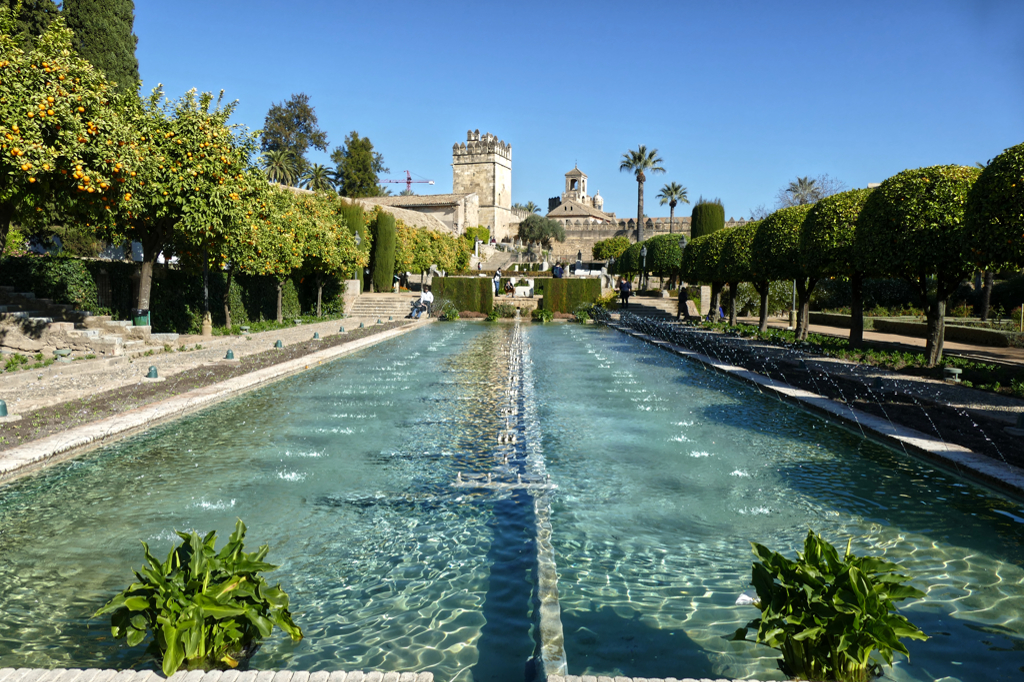
The garden is divided into three levels. The Upper Garden is located between the Tower of the Lions and the eastern façade of the Royal Stables. It is created from fragrant coppices.
The Middle Garden was set up only in the 19th century on what was formerly known as the Garden of the Inquisitors. It consists mostly of leaf trees as well as lemon and orange trees.
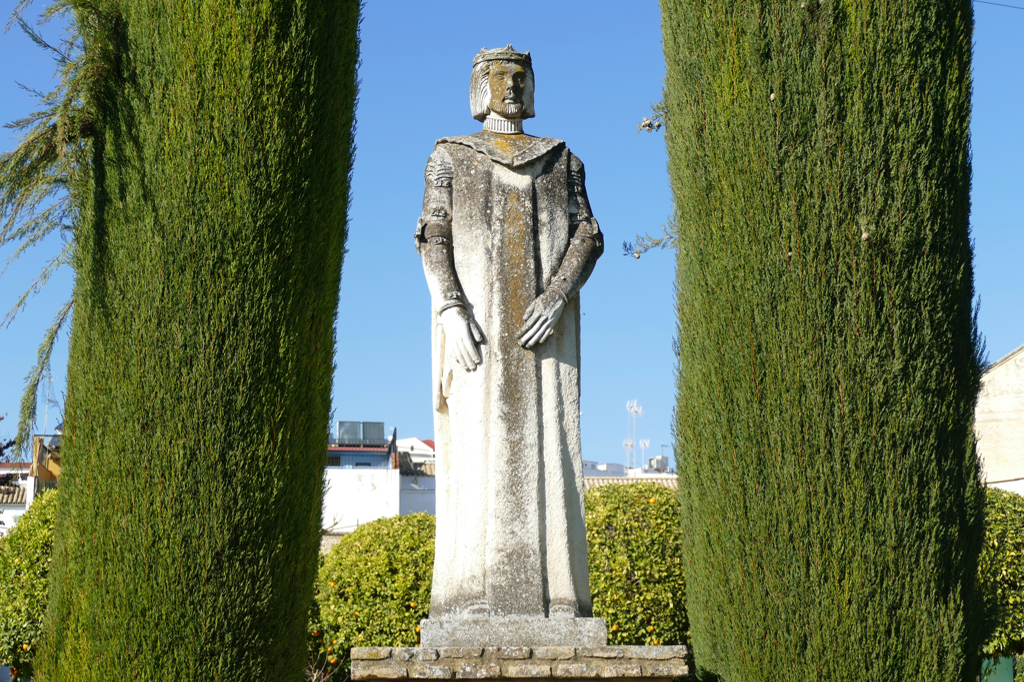
Finally, the Lower Garden is the largest part. Here, you’ll find the intriguing Paseo de los Reyes. It is a corridor of cylindrical cypress trees, divided by two narrow, centric ponds. On this gallery are several sculptures, all made by sculptor Pablo Yusti Conejo who created monuments of many famous personas in Córdoba.
At the Paseo de los Reyes, you’ll pass by the monarchs Alfonso XI, Enrique II, Enrique III, and Enrique IV. At the end of the road, you’ll bump into Christopher Columbus meeting up with the Catholic Monarchs on a pedestal.
Plan Your Visit:
The Alcázar de los Reyes Cristianos is open from Tuesday to Friday between 8.15 a.m. and 8 p.m., Saturdays from 9.30 a. m. till 6 p. m., and Sundays from 8.45 a.m. till 2.45 p.m.
Be aware that you have to make an online reservation no matter what. If you just show up at the box office, they still make you book your ticket online. So, go to https://citaprevia.cordoba.es and choose the option Ayto. Municipal Museums.
Eventually, you pay at the box office, but only with a credit card. Albeit, this is a precaution during the pandemic and might change once things are back to normal – whenever that may be and whatever this means.
Five Witnesses from the Past
Sinagoga
This Jewish temple is located on Calle Judíos – who would have guessed?! Constructed in the Mudejar style in 1315 – which equals the year 5075 according to the Jewish calendar, it is one of only three more or less preserved synagogues in all of Spain and sadly, the only one in Andalusia.
Since the Edict of Granada legislated the expulsion of the Jewish population in 1492, the building was converted into a hospital for patients suffering from rabies. Eventually, it became the hermitage of San Crispín and San Crispiniano in 1588.

From the Calle Judíos, you’ll reach the vestibule through a small patio. From there, you’ll enter the prayer room. On the eastern side of the vestibule is the staircase to the women’s gallery. This gallery opens to the prayer room through three balconies.
Most of the room’s decoration got lost over the years, leaving the brick wall raw.
The Synagogue is open from Tuesday to Saturday between 9 a.m. and 9 p.m. Sundays, they close already at 3 p.m. The entrance is free.
Casa Andalusí
Just a couple of doors down from the Synagogue is the Casa Andalusí. Actually, this house is a precious little museum. As soon as you set foot in this charming place, you are transported back in time to the era of the Caliphs. The Andalusian flair mixes charmingly with Arabic features. The murmur of water from small fountains, the freshness of the plants, the oriental scents and colors are inspiring all the senses.
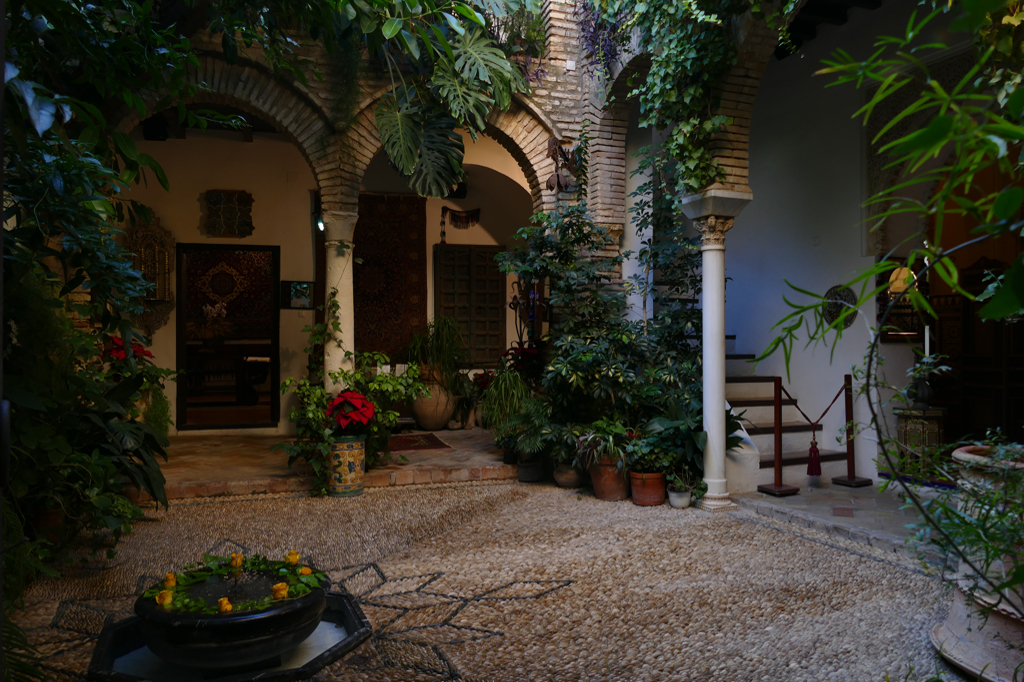
Apart from the unique furniture and splendid decor, the casa also houses a Paper Museum that traces the traditional manufacturing process.

In the basement are fascinating corridors leading to the outside of the city walls.
The Casa Andalusí is open every day of the week from 10 a.m. till 7.30 p.m. The entrance fee is 4 €uros, but there is a combi-ticket for 8 €uros that includes the Alchemy Museum below.
Al-Iksir Museo de la Alquimía
The Alchemy Museum, housed in a building from the 13th century, is just around the corner from the Casa Andalusí, and actually, these two landmarks are connected so that if you want to visit both, make sure to get a combined ticket to save money.
Alchemy is the ancient craft of modification of matter, however, it is also an art of spiritual transformation. In this museum, you’ll be pulled into this fascinating world. There are different objects such as stones, potions, antidotes, tools, and mortars. Explicatory videos help you to understand the secrets of alchemy.
The Alchemy Museum is open every day of the week from 11 a.m. till 7 p.m., however, there is a lunch break from 2 p.m. to 5 p.m. except on Sundays.
The entrance fee is 6 €uros, but there is a combi-ticket for 8 €uros that includes the Casa Andalusí above.
Casa de Sefarad
Just like at the Casa Andalusí, at the Casa de Sefarad, you’ll dive deep into a long-lost world. Also located in the former Judería not far from the synagogue, this museum is depicting the history and culture of the Sephardic Jews.
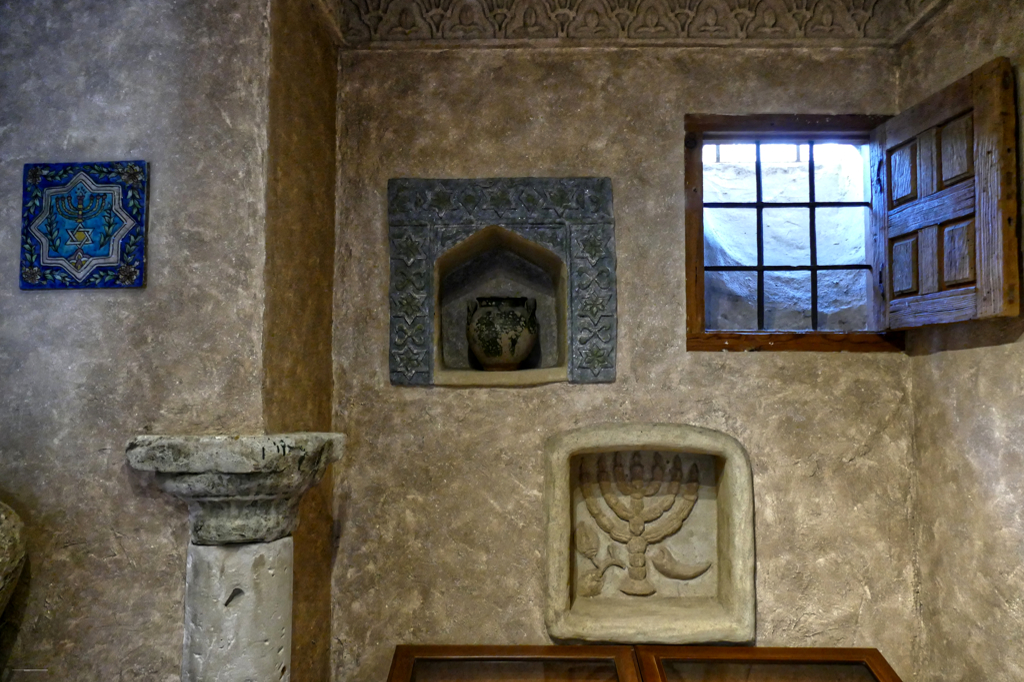
Opened in 2006, the Casa de Sefarad consists of five themed rooms. From daily life and family celebrations, religious holidays, and language and music of the Sephardim are introduced. However, they also trace the history of the Jewish quarter of Córdoba.
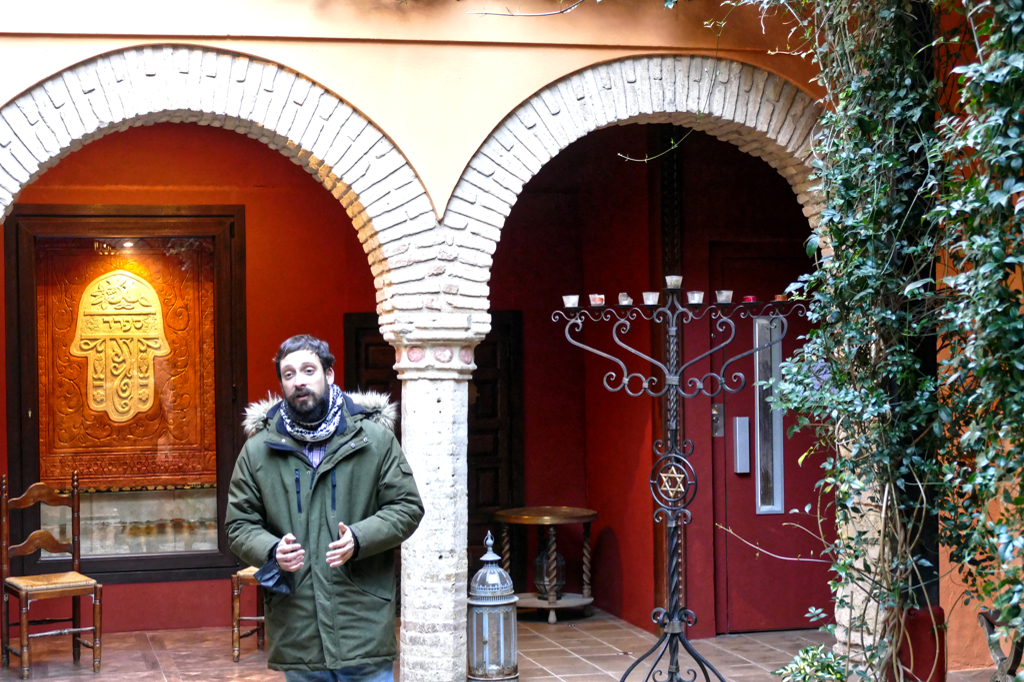
The Casa de Sefarad is open only from Friday till Sunday between 10 a.m. and 2 p.m. for an entrance fee of 4 €uros.
Casa Árabe
The Casa Áraba, also known as Casa Mudéjar, is a complex of five different houses in the vicinity of the Mezquita-Catedral. They are linked by galleries, corridors, and stairways, surrounding four patios. The earliest building dates back to the 14th century.
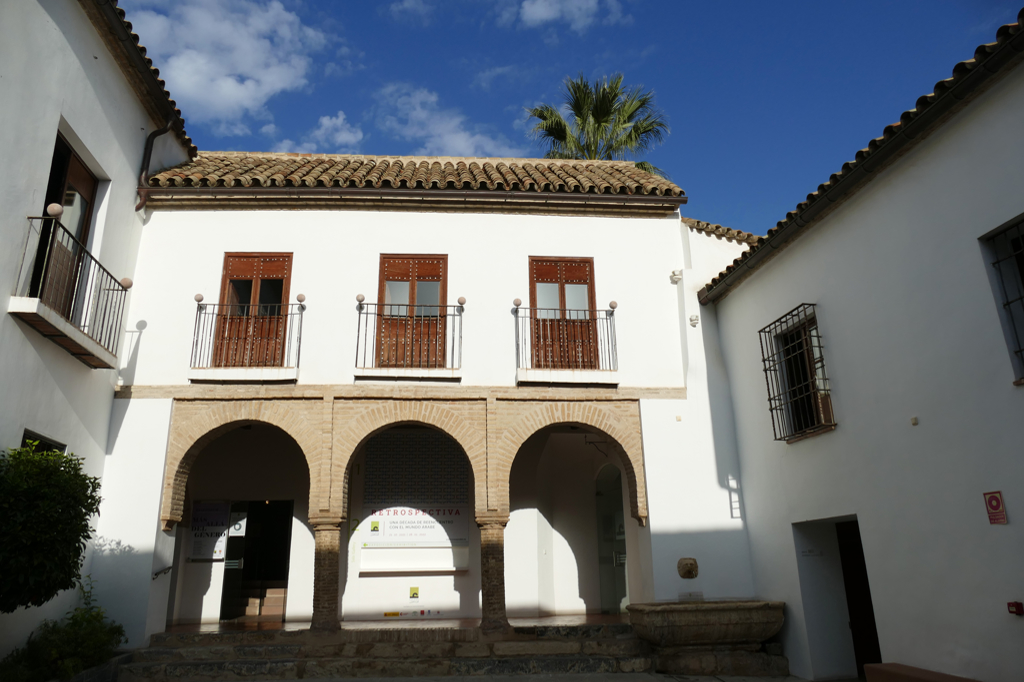
You can just visit the structures or one of the events they are hosting. Also, the exhibition of modern and contemporary art from many different Arabic countries is absolutely worth the visit.
The Casa Árabe can be visited free of charge from Monday to Friday between 10 a.m. and 2 p.m. and then again in the afternoon from 4.30 p.m. to 8 p.m.
Plaza de Maimonides
The Plaza de Maimonides is one of the most central squares in the historic district. Named after Córdoba’s probably most famous son, there are some amazing landmarks to be visited.
Moses Maimonides
Moses Maimonides was born somewhen between 1135 and 1138 to one of the most distinguished families in Córdoba. Being the son of a Jewish rabbi and judge, Maimonides became the spiritual leader of the Sephardim.
The main work of this scholar was the systematization of Jewish law. His philosophic essay The Leader of the Undecided, published in Arabic around 1190, was passionately debated for its radical nature. However, Maimonides left multiple other papers on philosophy, religion, medicine, and astronomy.
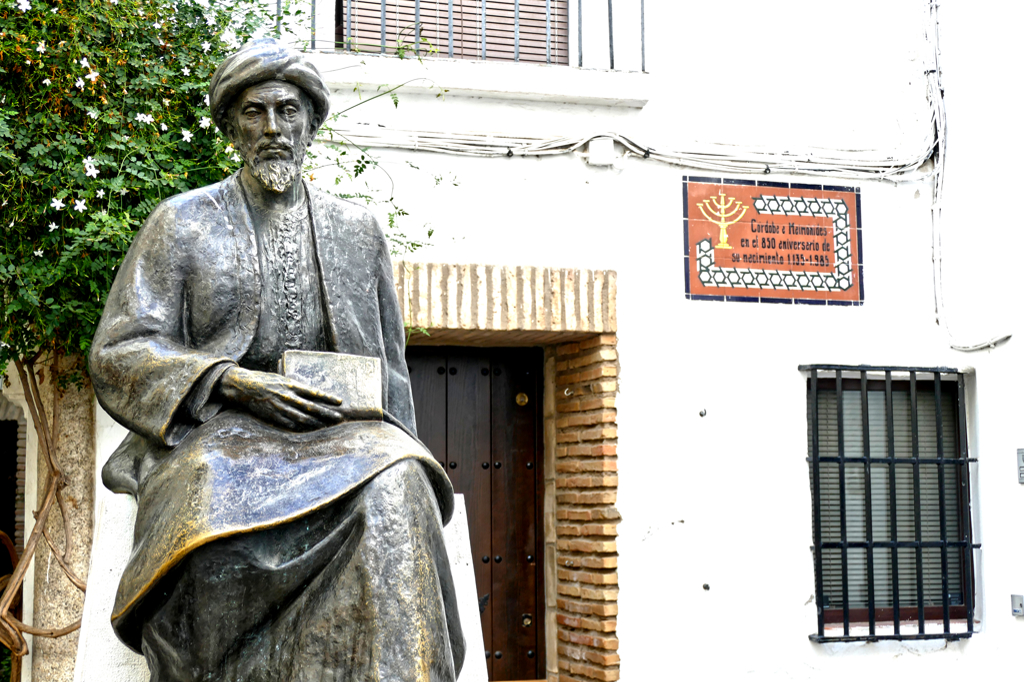
In 1148, after the invasion of the highly orthodox Almohads, Maimonides’ family had to choose between converting to Islam or relocating. The family preferred the latter. After several restless years in Spain and supposedly also in France, they finally made their home in Morocco.
Nevertheless, the family moved on to Jerusalem in 1165 and from there to Alexandria and finally to Fustat, today a part of Cairo. Here Maimonides died in 1204.
Zoco Municipal de Artesanía
I enjoy a lot finding traces of one language in another. Albeit, often the reason for linguistic influence has a rather sad reason like for instance the scraps of European tongues in Asian languages that clearly stem from colonial times. This being said, it’s funny how many hints of Arabic are found in Spanish to this date. Ojala, which translates to hopefully, clearly stems from the Arabic expression In shaa Allah, meaning So God will. Also, the root of the Spanish word Almohada, pillow, is quite obvious. So I love that this craft market is called Zoco, from the Arabic word Souk, hence, market.
This market is close to the Plaza de Maimonides and was actually the first craft market ever established in Spain. The edifice in the Mudejar style has two floors and is encircling a central patio.
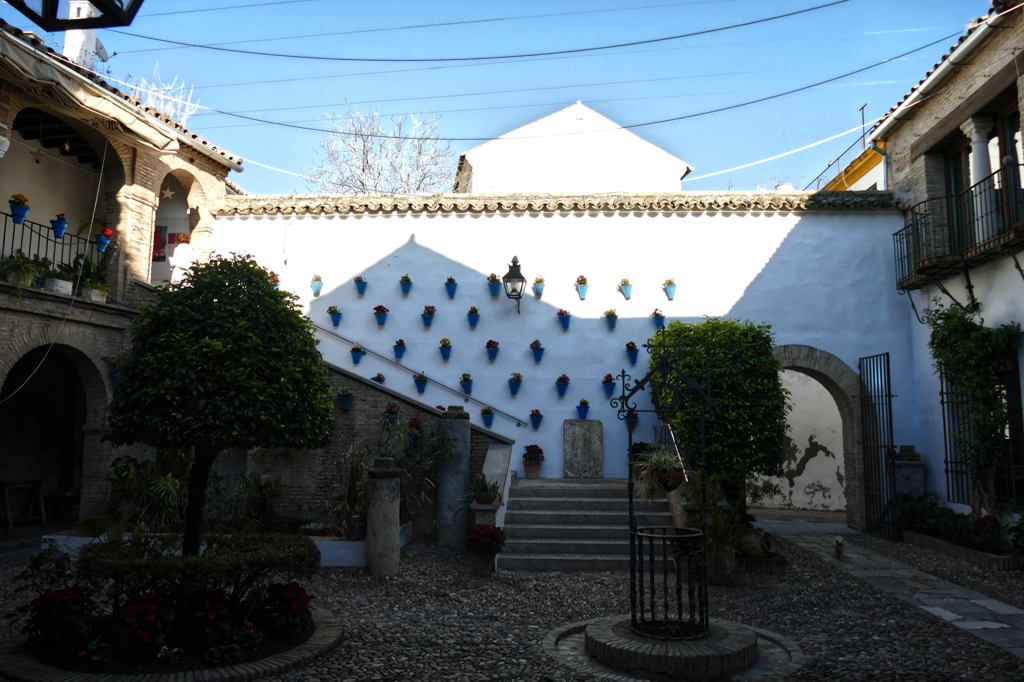
Here, several Córdoban artisans have their workshops, creating and selling leather goods, ceramic, and silver jewelry.
Also, the annual European Days of Handicrafts is held here. On that occasion, you can watch artists and artisans pursue their trade, join guided tours, and visit exhibitions, workshops, and conferences.
As a matter of fact, the Zoco Municipal de Artesanía has become a must-see for visitors, not only to purchase high-quality handcraft, but to immerse themselves into the Andalusian culture and way of life.
The Zoco Municipal de Artesanía is open every day from 10 a.m. to 8 p.m.
Museo Taurino Municipal de Córdoba
Also, the Museo Taurino is located in Plaza de Maimónides. Since its opening in 1954, it has presented artifacts related to Córdoba’s bullfighting tradition.

The exhibits show historical local crafts such as embroidery, leather goods, and silverwork used in classic bullfighting. An important part of the exhibition is the attires of Córdoba’s famous bullfighters. You’ll also find a library, taxidermied bullheads, sculptures, and paintings.
The Museo Taurino is open from Tuesday till Friday from 8.15 a.m. till 8 p.m. Saturdays, they are open from 9.30 a.m. till 6 p.m. and Sundays from 8.15 a.m. till 2.45 p.m. The general admission fee is 4 €uros.
Capilla Mudéjar de San Bartolomé
The chapel of San Bartolomé is an old Mudejar chapel from the end of the 14th century. It is one of the finest examples of Mudejar architecture in Córdoba.
It was raised in the Jewish quarter after the anti-Jewish revolt of 1391 as a measure of repopulation.
The commissioner was a Jewish convert by the name of Diego Fernández Abenconde. His journeys to the Nasrid Kingdom of Granada inspired him to build the chapel. As the walls are decorated by the coat of arms of the Knights of the Band, it can be assumed that Diego received this honor.
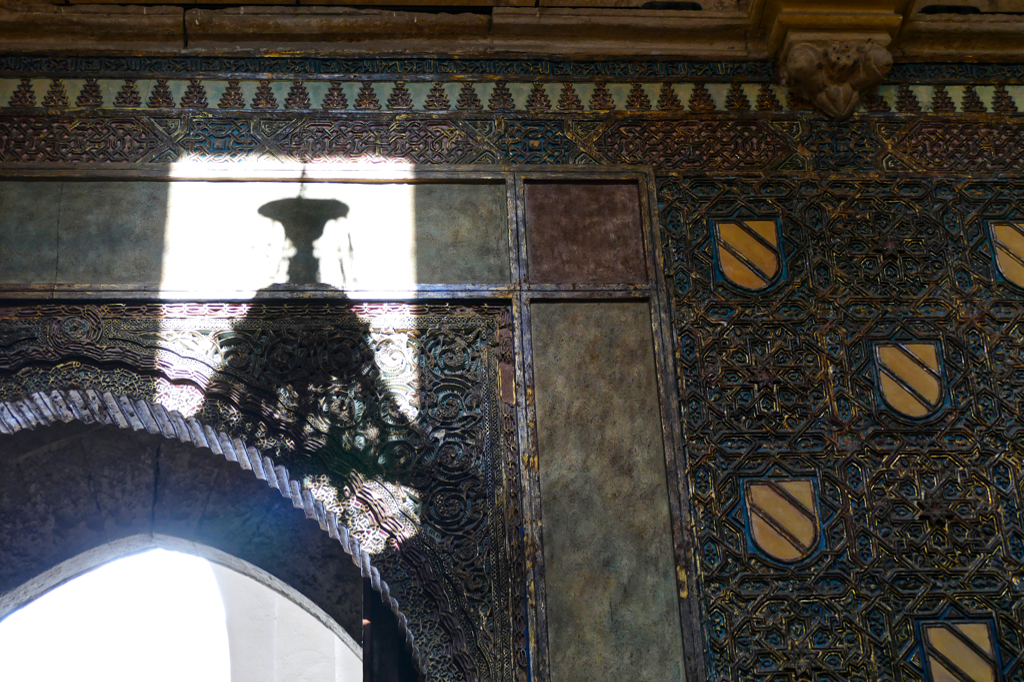
However, probably due to a lack of budget, the church was never really finished and is still missing a roof as well as one of the naves.
Eventually, the building was attached to the Cardenal Salazar Hospital that now houses the Faculty of Philosophy and Letters of the University of Córdoba.
You can visit the Capilla Mudéjar de San Bartolomé from Tuesday to Saturday between 10.30 a. m. and 1.30 p. m. and then again in the afternoon from 3.30 p. m. to 6.30 p. m. Sunday, it’s only open in the mornings. The entrance fee is 1.50 €uros, however, on weekends, you have to pay 2 €uros despite the fact that the Capilla is not more festive.
Plaza de las Tendillas
The Plaza de las Tendillas is located north of the city center in the vicinity of the ancient Roman forum.
In the 14th century, the commanders of the Order of Calatrava who had helped during the Reconquista were rewarded with generous living spaces as well as shops. Nevertheless, the former Calatrava houses were demolished for the construction of the Hotel Suizo in 1860. This hotel, however, was then toppled in 1923.
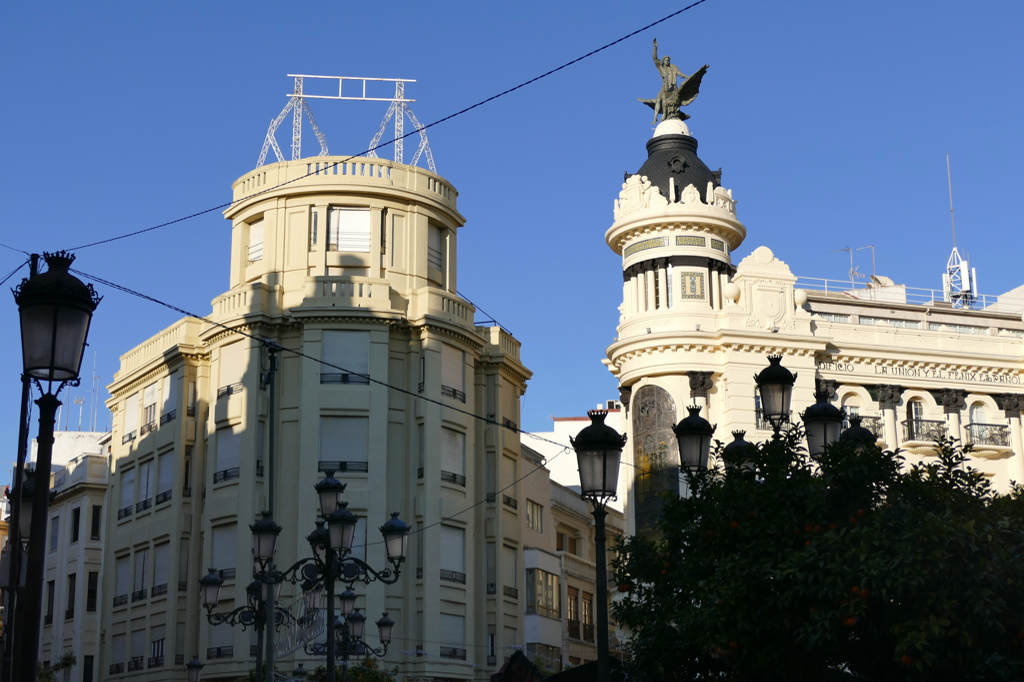
The year 1908 marks the beginning of the development and enlargement of the square according to the designs of architect Félix Hernández from Barcelona. Works then terminated by 1930.
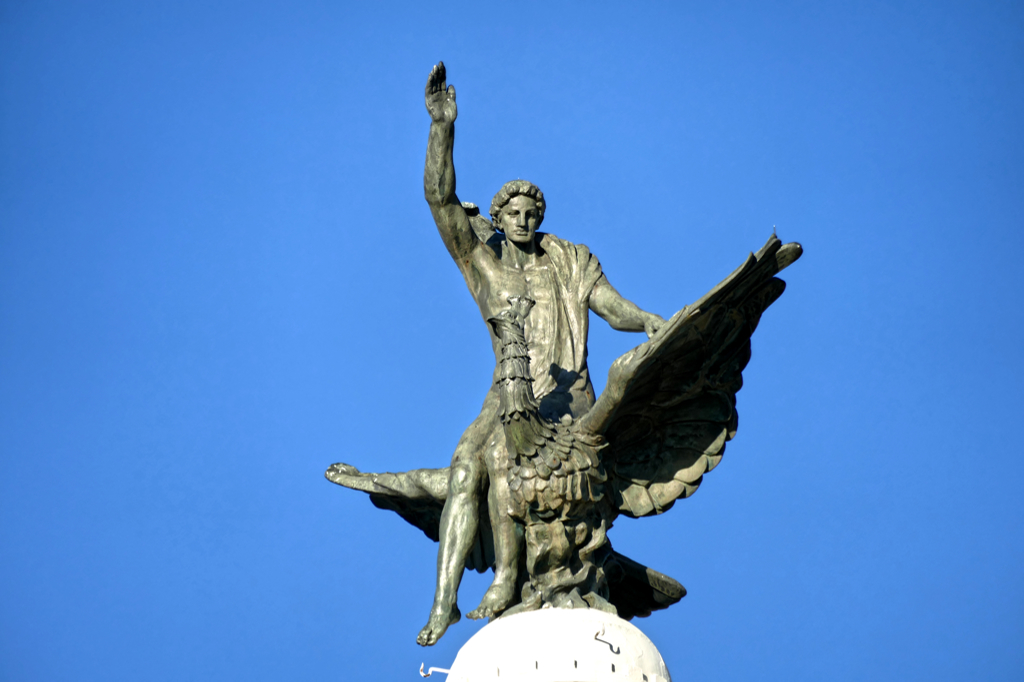
The most intriguing building is probably the La Unión y el Fénix building at the corner of Calle Cruz Conde. Designed by architect Benjamín Gutiérrez Prieto, it was constructed between 1926 and 1927. During the Spanish civil war, it housed one of the sirens announcing bombardments.
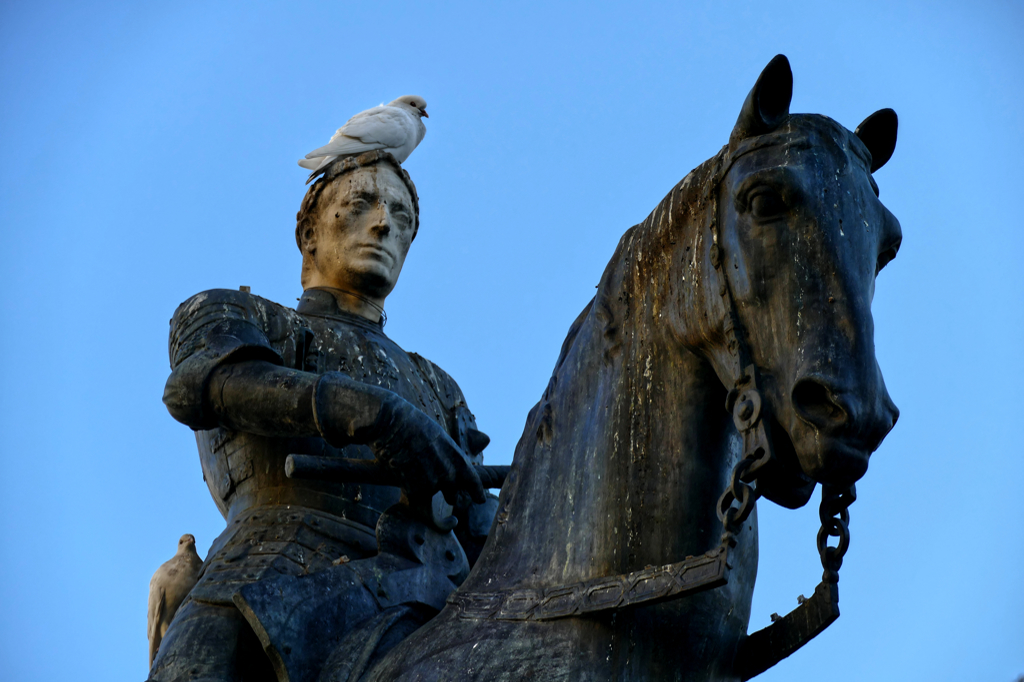
In the center of the square is an equestrian sculpture by Mateo Inurria Lainosa. It depicts the “Gran Capitán” and is interestingly made from bronze with a white marble head. If you wonder who this Great Captain might be: It’s Gonzalo Fernández de Córdoba y Aguilar, a general who very successfully supported the Catholic Kings during the Reconquista.
Plaza de la Corredera
The Plaza de la Corredera is one of the most iconic places in Córdoba. It’s the only quadrangular square in all of Andalusia, after all. You can enter it through two gates, the so-called Arco Alto in the west and Arco Bajo in the east.
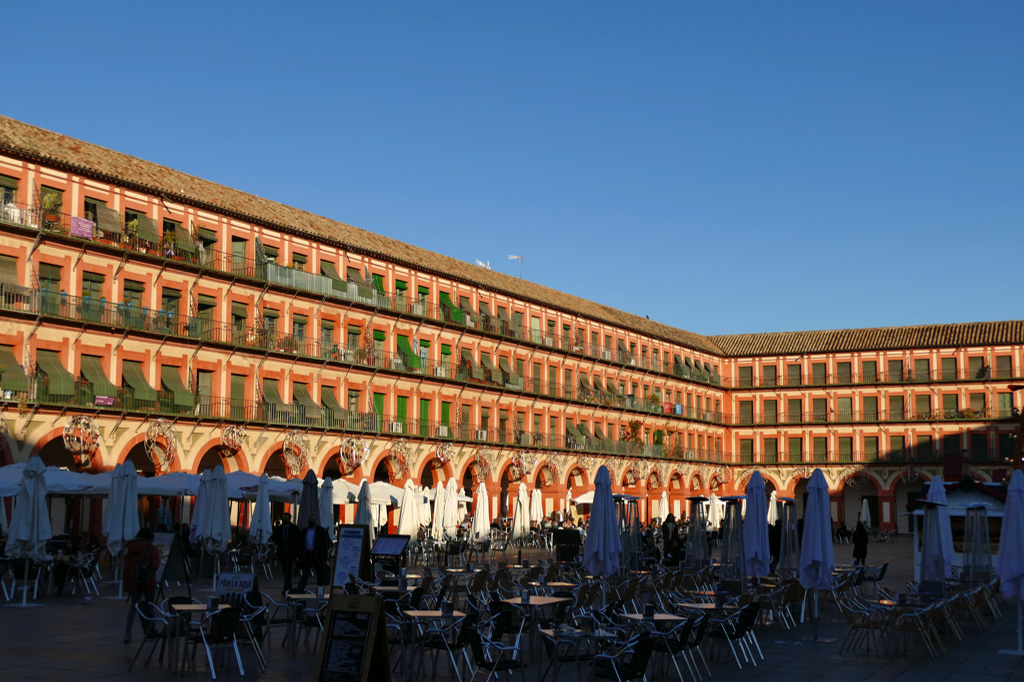
Among the buildings around the square, especially the Mercado de Sánchez Peña is outstanding. It actually served already as the town hall as well as a prison. In the 19th century, wealthy merchant José Sánchez Peña purchased the building to install inside the most modern industry of that time. On the building’s upper part, the workers got their homes.

The square has been used for different festive purposes including bullfights, hence the name. Today, the spaces on street level are mostly restaurants and bars – so you can imagine the ambiance during those balmy summer nights.
Templo Romano
The construction of Córdoba’s Roman temple began during the government of Emperor Claudius during the first half of the first century. Eventually, the complex was abandoned and later dismantled. It was not the city’s only temple, however, probably the most important one.
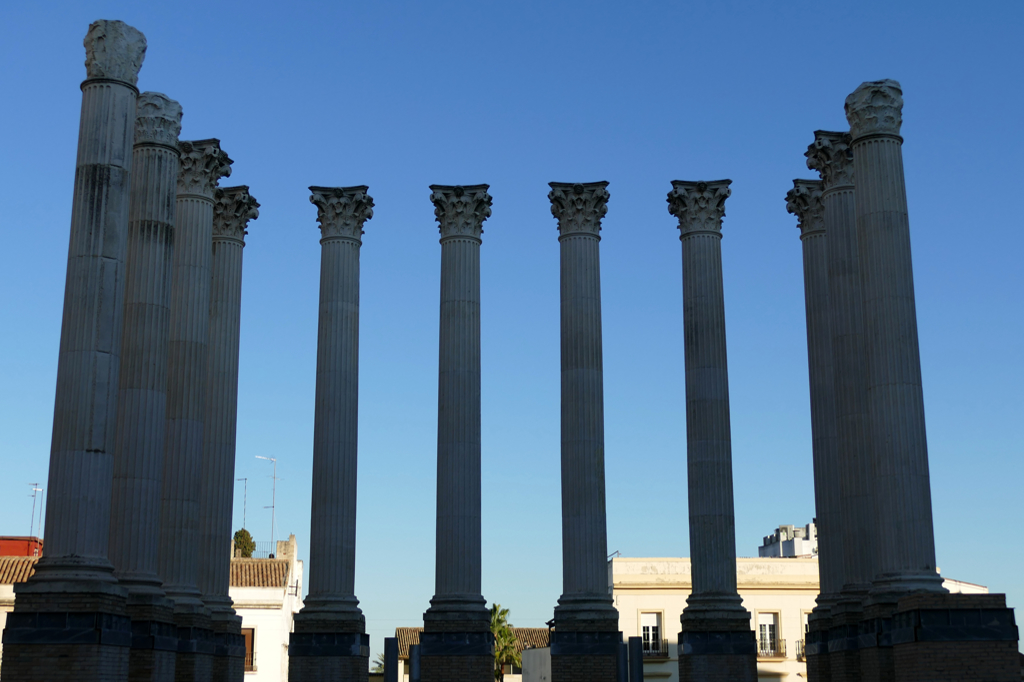
Actually, it’s the only one that was excavated. Its most prominent feature is the eleven well-preserved Corinthian columns.
Palacio de Viana
The Palacio de Viana is located northeast of the historic center and has more than 100 rooms. It is built around 12 courtyards and a lush garden. Beginning in the 15th century, generations of the Villaseca family lived here until the mid-19th century.
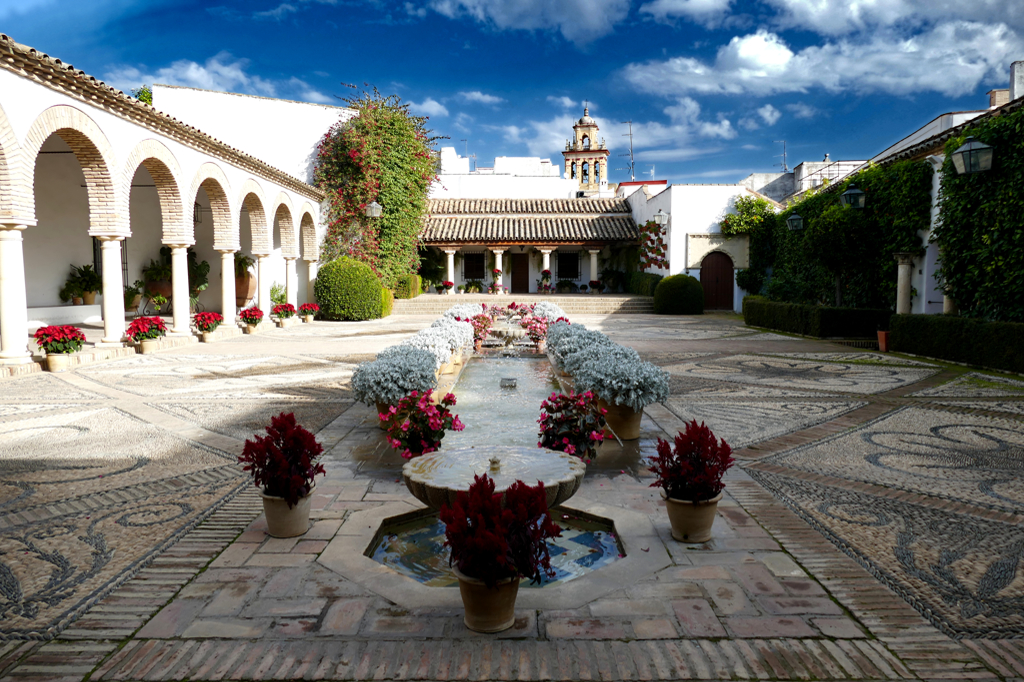
Then it passed to the Margraves of Viana by marriage. The second Marquis José de Saavedra y Salamancaits was not only an avid collector of art, but also in with the in-crowd.
Dubious Guests
No less a personality than King Alfonso XIII visited the palace on several occasions as well as the Prince of Asturias Alfonso de Borbón and the Infante Jaime de Borbón. However, the only two times dictator Francisco Franco spent in Córdoba he had sleepovers at his friend’s palace.
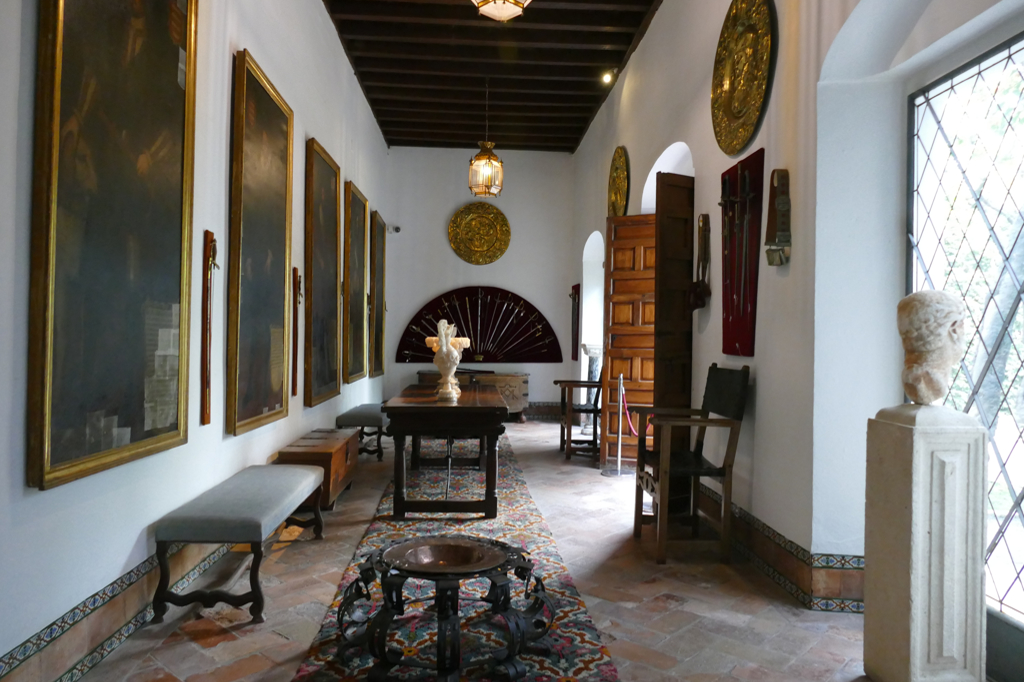
Dictator Franco’s friend, the III Marquis of Viana Fausto de Saavedra, sold his palace in Madrid in 1955 and moved with all his belongings to Córdoba.
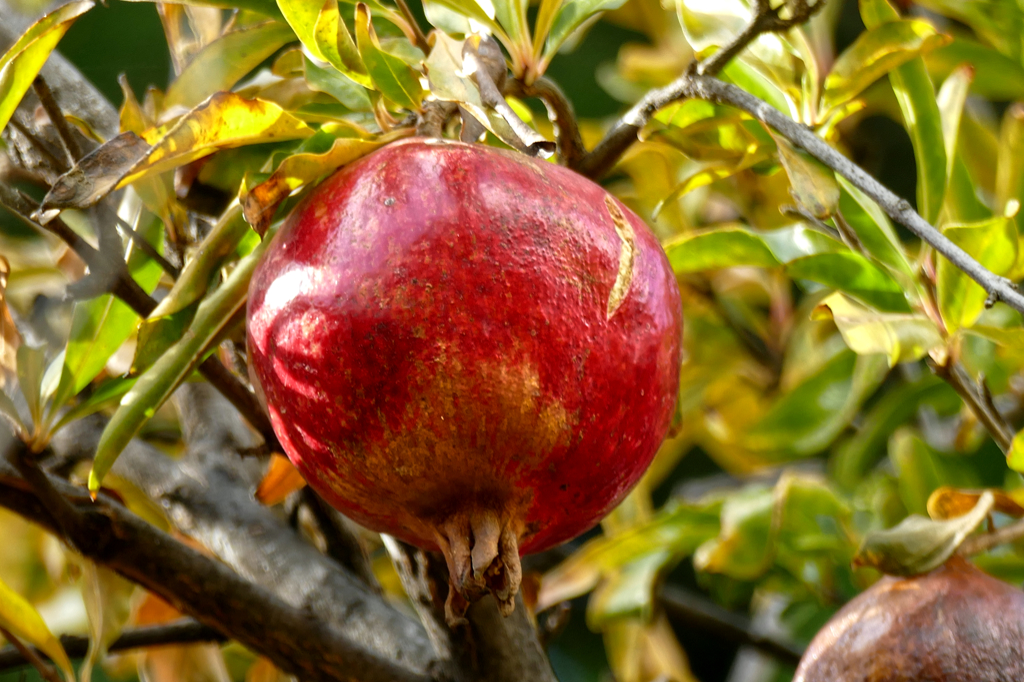
Eventually, his widow tried to sell the palace on several occasions. In 1980, she finally gave it to the Provincial Savings Bank. Córdoba in exchange for an annual rent of 20 million pesetas. This bank’s successor CajaSur owns the building to this day. Through its cultural foundation, they made the palace a museum and show amazing art collections in the still luxuriously furnished rooms.
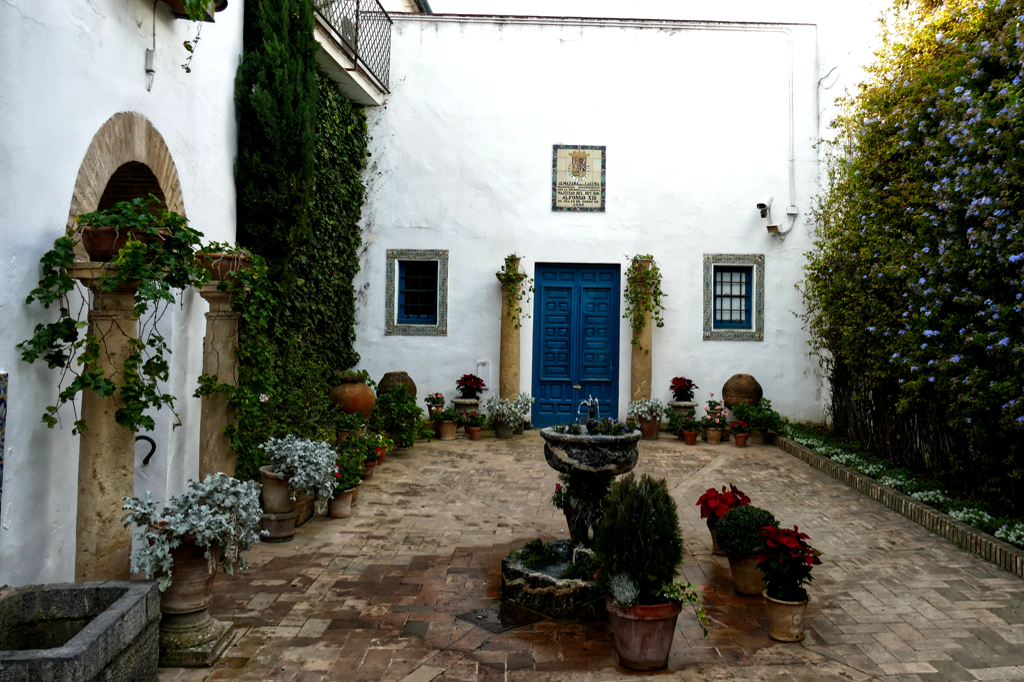
You can visit the Palacio de Viana from Tuesday to Saturday between 10 a. m. and 7 p. m., Sunday, it’s only open till 3 p. m. The entrance fee to the 12 patios is 6 €uros. If you also want to visit the palace, you need to join a guided tour. This option is 10 €uros and includes a visit to the patios, too. Either way, especially during high season, you should make an online reservation on their website.
Plaza del Potro
The Plaza del Potro is one of the most intriguing small squares in the city. However, in the Gilded Age, it was the gathering spot of the city’s shady characters. Nevertheless, already Spain’s most celebrated writer Miguel de Cervantes Saavedra mentioned the famous Posada del Potro in his famous book The Ingenious Gentleman Sir Quixote of La Mancha.
Originally, the square was completely surrounded by buildings. However, the construction of the Hospital de la Caridad at the beginning of the 15th century changed its dimensions significantly. Today, you find also the Museum of Fine Arts and the Julio Romero de Torres Museum here.
Fuente del Potro
The original Potro fountain was built In 1577 in the Renaissance style. On top stands a small sculpture of a foal that raises one hoof supporting the city’s coat of arms.
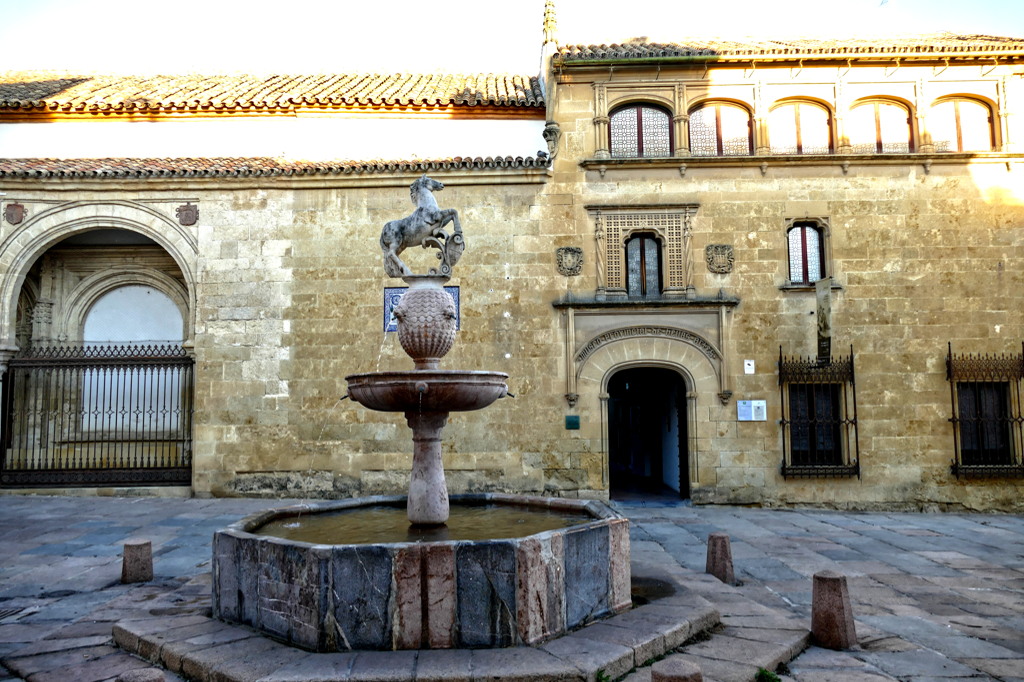
In 1964, a replica of the equestrian sculpture was offered to Jerez de la Frontera when the two municipalities became twin cities. In Jerez, you can see it on the Plaza de Belén.
Museo Bellas Artes
The Museum of Fine Arts of Córdoba opened in 1862. Today, it is housed in the former Hospital de la Caridad.
Before they found a cozy home at the current location, the art collections were distributed across various public venues in the city. However, merging them in one place began already in 1862.
On display are mainly paintings from the 14th century to the present. As a designated culture vulture, I must say that the collection is rather disappointing and definitely not a must when visiting a city where there are so many amazing sites to see.
This being said, if you like to visit, the galleries are open from Tuesday to Saturday from 9 a. m. to 9 p. m., Sunday, there are closing already at 3 p. m. In July and August, they are open every day except Mondays from 9 a. m. to 3 p. m. The entrance is free for citizens of the EU, all others pay as little as 1.50 €uros.
Museo Julio Romero de Torres
The house is dedicated to the life and work of the city’s famous son, the Spanish painter Julio Romero de Torres, obviously.
Julio Romero de Torres was a Cordoban Realist painter. He was the son of the Spanish painter and director of the city’s Fine Art Museum. Julio was his father’s apprentice already when he was only ten. In 1895 he had his first successful exhibition at the age of 21.
In 1928 his health was deteriorating due to overwork and liver disease. He returned to his native Córdoba in 1930 where he passed the same year.
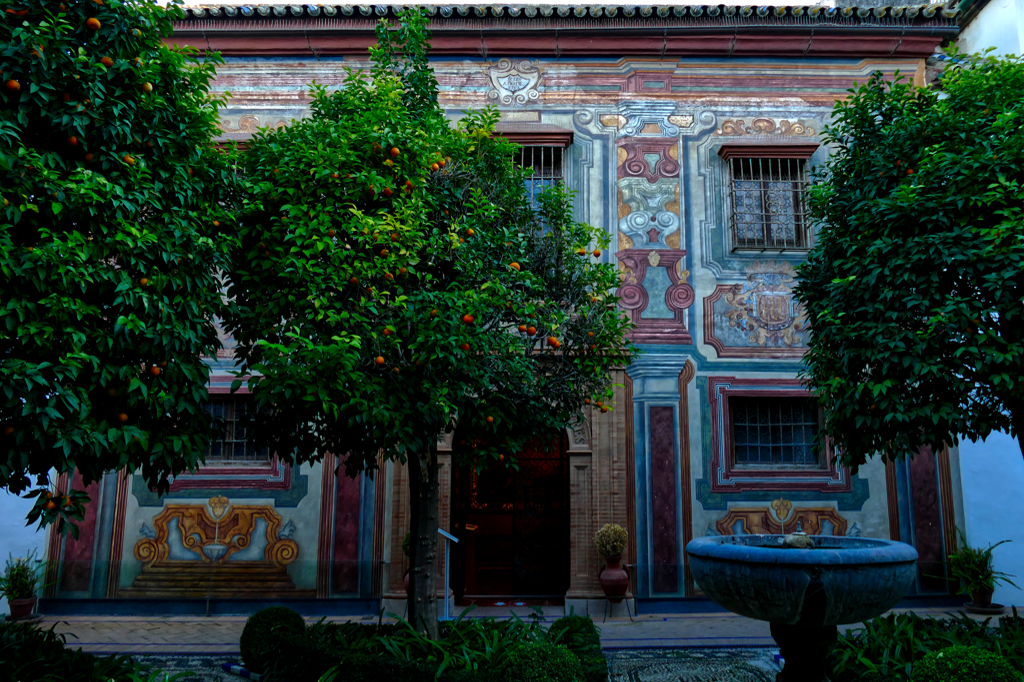
The Museo Julio Romero Torres art museum was opened in 1931 in the Plaza del Potro right next to the Fine Art Museum.
Among the works Romero de Torres left are many paintings of biblical women such as Salome, Judith, Mary, Ruth, and Noemie. His portrait was on a 100 pesetas bill – when Spaniards were still paying in pesetas. On the backside was his painting La Fuensanta.
The Museo Julio Romero de Torres is open from September 16 to June 14 from Tuesday to Friday between 8.15 a. m. and 8 p. m., Saturdays from 9.30 a. m. and 6 p. m. and Sundays from 8.15 a. m. and 2.45 p. m.
In summer from June 15 to September 15, the galleries are open from 8.45 a. m. till 3.15 p. m. The general entrance to the 6 themed galleries is 4.50 €uros.
Los Patios Cordobeses
The barrio San Basilio, also known as Alcázar Viejo, is a neighborhood southwest of the Centro district.
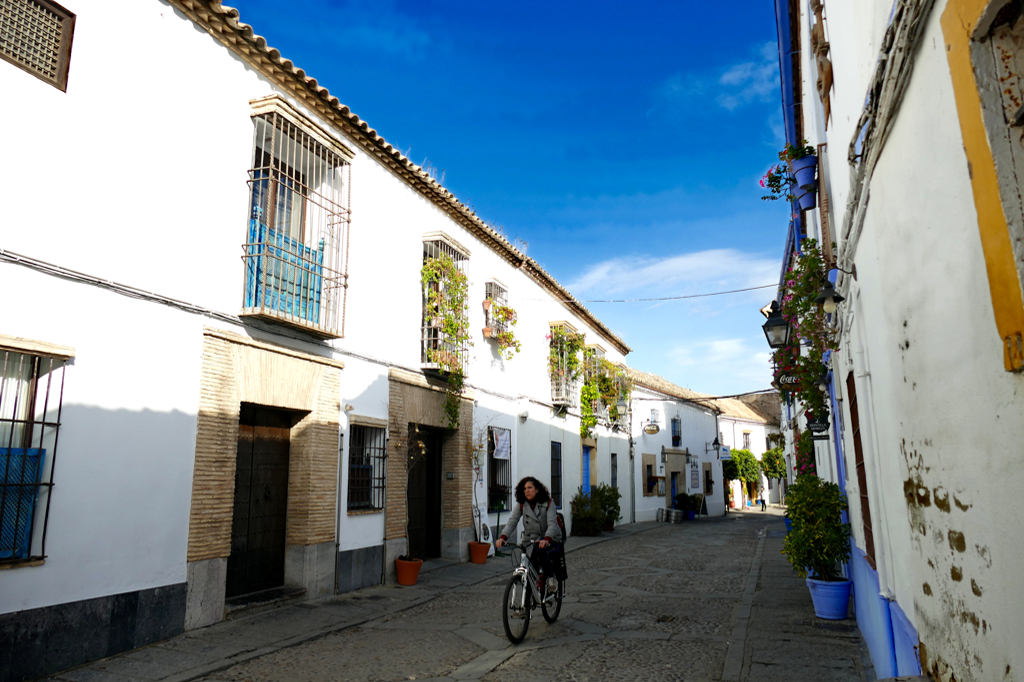
It is famous for its picturesque patios. Some of these lovingly decorated courtyards can be visited year-round. Since they are also people’s private homes, you should always be discrete and respectful. Access to almost all of these courts is free of charge, however, some owners suggest you pay a small donation.


During the second and third weeks of May, guests can visit the courtyards that are participating in the annual Festival de Los Patios Cordobeses. During this festival, owners are competing for the most beautiful courtyard. The finale is celebrated by an exuberant street festival on Calle San Basilio.
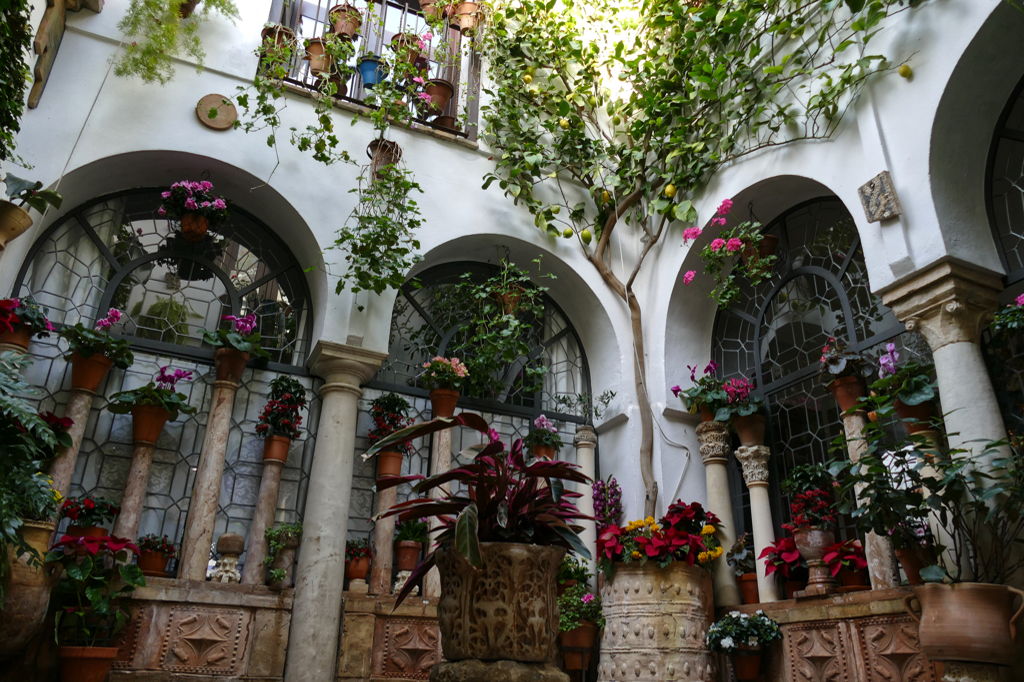
This competition dates actually back to 1933. In 2013, UNESCO has listed them as an Intangible Cultural Heritage of Humanity.
Escultura del Abuelo y el Niño
Around the corner from Calle de San Basilio is one of the city’s most iconic modern sculptures on Calle Martín de Roa.
In 2014, José Manuel Belmonte created the first of three sculptures celebrating Córdoba’s tradition of sumptuously decorated courtyards. It is a bronze sculpture of a woman watering the pots in her patio. And while this sculpture represents the present of the Fiesta de Los Patios, the other one stands for the past and the future.
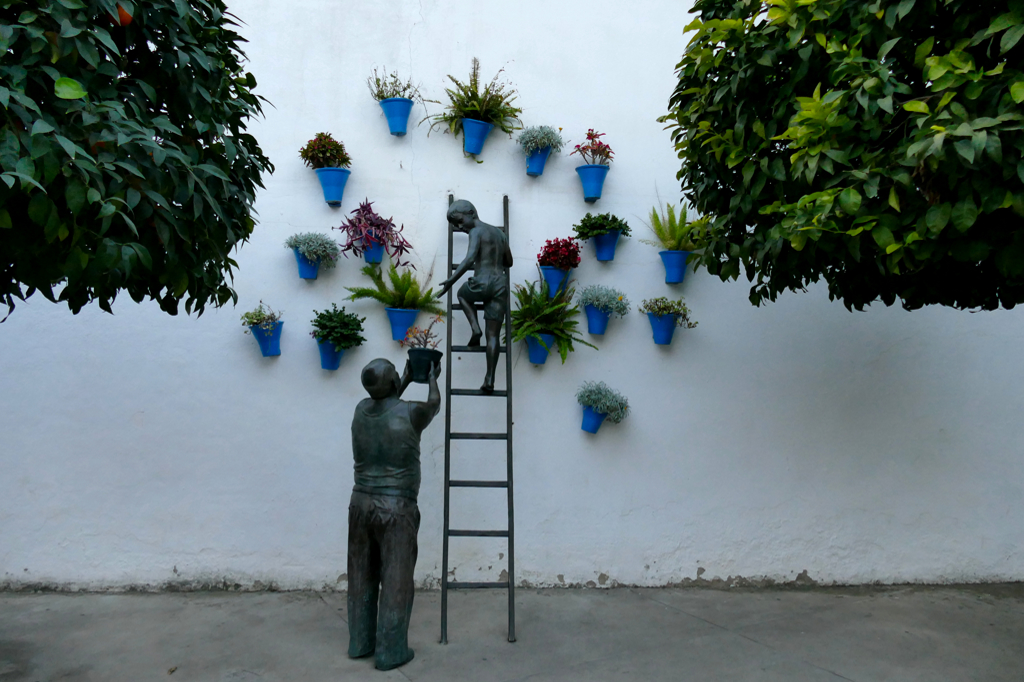
A grandfather, symbolizing the past, hands his grandson, hence, Córdoba’s future, one of the typical flowerpots. The tradition lives on.
Calleja de las Flores
Calleja de las Flores is one of the most popular streets in Córdoba. Quite honestly, I ask myself why so. It’s a hidden narrow street, leading from Calle Velázquez Bosco to a small square. This court was actually one of the typical Cordovan patios.

Rafael Bernier Soldevilla, a resident of the Calleja and a professor at the School of Fine Arts, designed the octagonal fountain in the little square at the end of the alley in 1960. Since then, the Calleja is one of the most photographed spots of the city. I personally found the courts alongside the Calle de San Basilio far more picturesque – but to each their own.
Madinat Al-Zahra
The Madinat Al-Zahra was a former palace-city about eight kilometers west of Córdoba. Under the guidance of master architect Maslama ibn Abdallah, construction began in 936.
The palace complex is located on a foothill of the Sierra Morena on the opposite bank of the Guadalquivir Valley. It is divided into terraces. The upper storey was dedicated to the Caliph. The one below was for the government officials such as vizier and guards. The ground level was the actual Madina, hence, a city with residential buildings, workshops, and a mosque.
The remnants of the were rediscovered in the early 20th century and listed as a World Heritage by UNESCO in 2018.
Plan Your Visit:
Entrance to the Madinat Al-Zahra is free for citizens of the EU. Others pay as little as 1.50 €uros. The site is open from Tuesday to Saturday from 9 a. m. to 6 p. m., Sundays only till 3 p. m.
The easiest way to get there from Córdoba is by a special tourist bus. It leaves from the Avenida Alcazar Tuesday to Sunday at 11 a. m., Saturdays and Sundays in addition also at 10 a. m. During the high season in summer, there is also a coach at 4.30 p. m. between Tuesday and Saturday.
Roundtrip by bus costs 10 €uros and you’ll have 2.5 hours for your visit. However, you need to make a reservation at the tourist office the day before your visit. Alternatively, you can also book a guided tour which then costs 28 €uros.
Practical Information
How to Get There
Plane
Córdoba Airport is located 7 kilometers southwest of the city center. However, since 2014, there have been no regular flight connections. Visitors should rather go to the airports in Málaga or Seville, each about 140 kilometers away. From there, you can continue to Córdoba by train or bus. Depending on the means you choose, this trip should take between one and three hours.
Long-Distance Bus
Travelling by long-distance buses is getting really popular in Europe. The cheap prices make up for the little loss of time compared to trains. And since various companies are competing, the service is usually very reliable.
A regular bus service is connecting Córdoba with almost every city in Andalusia. However, there are also six buses between Córdoba and Madrid. The bus station is just across the street from the train station on Avenida de America at the northern end of the central district.
To get to the historic old town, you can take one of many different buses, but they will stop outside the very center, obviously. You can easily trace connections on google maps. If you don’t have any luggage, you can also walk, however, it takes about half an hour. The most comfortable way to get there is by cab which will set you back about 6 €uros.
Train
The train service to Córdoba by Spain’s high-speed rail network AVE is certainly very fast and comfortable, however, far more expensive than the regular train or bus. But especially if you don’t have much time, AVE trains are a great option since they run hourly from Madrid, Seville, Granada, and Málaga. In addition, there are two daily connections to Barcelona. Nevertheless, coming from Granada, I paid about 35 €uros instead of something like 16 €uros for the bus. But also, the trip was twice as fast.
To check out connections and prices and to book your ticket, go to the website of the national train company RENFE.
How To Get Around
Walking
The good news first: Just about every site of interest in Córdoba is within easy walking distance. Only the Madina Al-Zahra is a notable exception to the rule. After you obtain one of their really good tourist maps at the tourist office or online, you are basically good to go – literally.
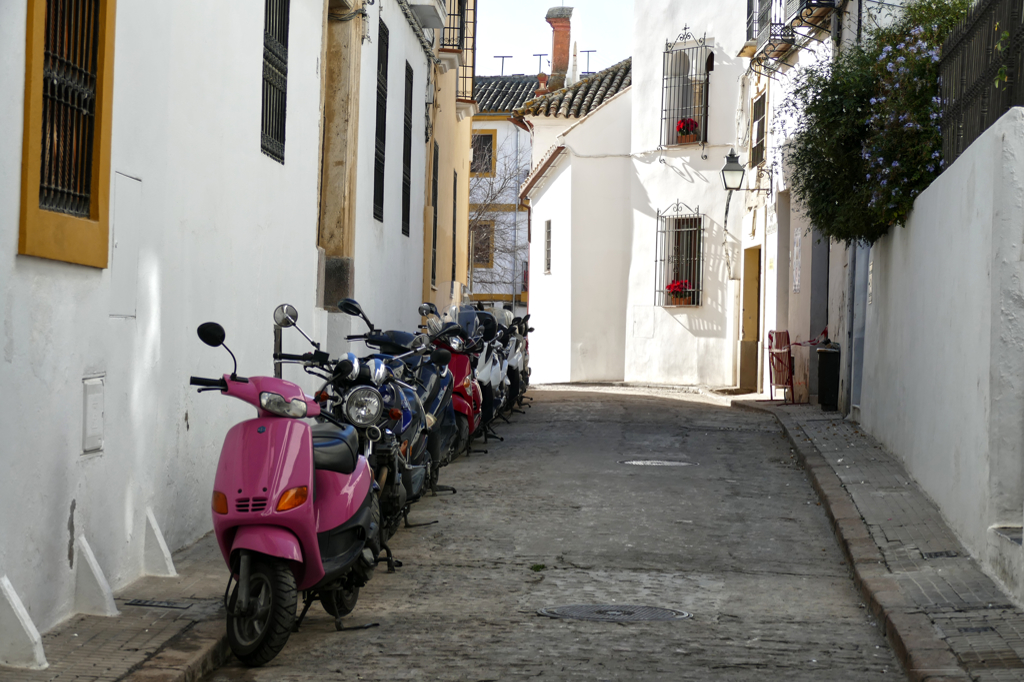
And now the downside: Together with its distant neighbor Seville, Córdoba has the highest summer temperatures not only in Spain but in all of Europe. In July and August, average temperatures rise to around 37 °C. So if you are exploring the city walking, wear light clothes, a hat, good sunshades, and make lots of stops to drink sufficient water in a shady place.
Also, take a good look at my pictures to see how picturesque Córdoba’s cobblestone streets are. Then, put your heels back in the shoe cabinet and tie your sneakers or even hiking boots tight. Your calves and ankles will love you.
Public Transportation
Like most European metropoles, also Córdoba has a comprehensive, well-functioning network of public transportation. However, buses go only around the historic old town. Those picturesque streets and alleys are simply too narrow.
Public transportation is cheap in Córdoba. While a normal trip costs 1.30 €uros, you can buy ten trip passes, so-called bonos, for only 7.20 €uros at Aucorsa’s main office at the Plaza Colón Norte (stop number 63) and at various kiosks around town. Once you have a card, you can also recharge it at vending machines located at certain bus stops.
Where to Stay
Córdoba amazed me in many aspects. One was my lodging option. The Hotel Eurostars Maimonides* stands right next to the Mezquita-Cathedral. I basically could have walked over there in my pajamas – which I didn’t. And since the staff is amazingly friendly and helpful and room rates are absolutely reasonable, I cannot recommend it enough.

Nevertheless, if the Hotel Eurostars Maimonides* should be booked out or another neighborhood is more convenient for you, you can choose convenient lodging options on this map*:
What to Eat
Córdoba’s location in the Sierra Morena has naturally had a great impact on the city’s gastronomy. Obviously, they use local agricultural products and the cuisine consists of many stews.
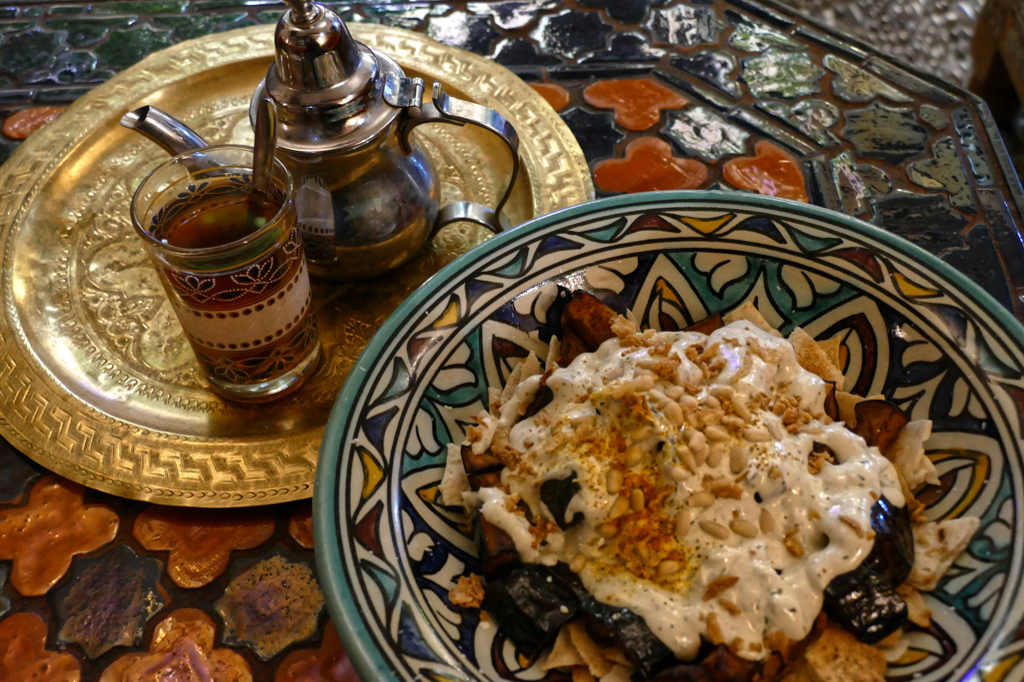
Most importantly, there are strong Arabic influences like the generous use of spices, mint, spinach, eggplant, and bitter orange.

A typical local dessert is the Pastel Cordobés. It’s a cake made from puff pastry filled with lemon peel. When I have the chance, I do try local specialties and treats. Therefore, I had this cake, and I must say that one was enough. I’m not that much into sweets and desserts and if I treat myself to some pastry, I like it rich and creamy. The Pastel Cordobés is far too dry for my taste. But hey, try for yourself.
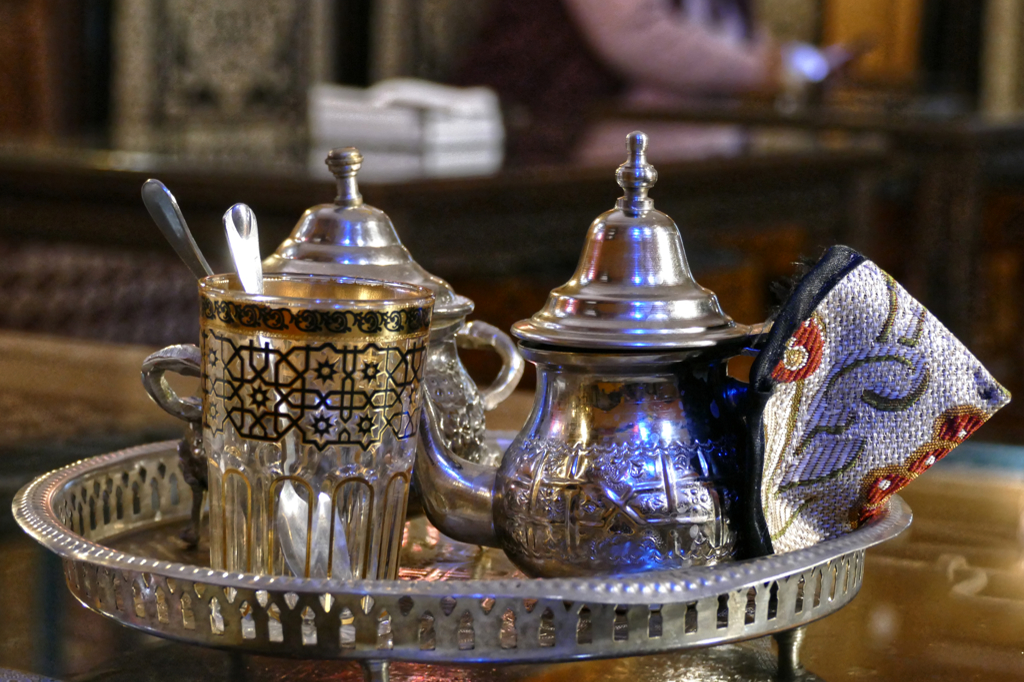
One of the indisputably most unique eateries are the Baños árabes de Santa María. Today, these typical Arab baths from the 12th century are housing a restaurant serving oriental and Spanish cuisine in a highly unusual setting on Calle Velázquez Bosco. When the restaurant isn’t too busy and as you politely ask, they normally let you take a look at the place even if you don’t stay for a meal.
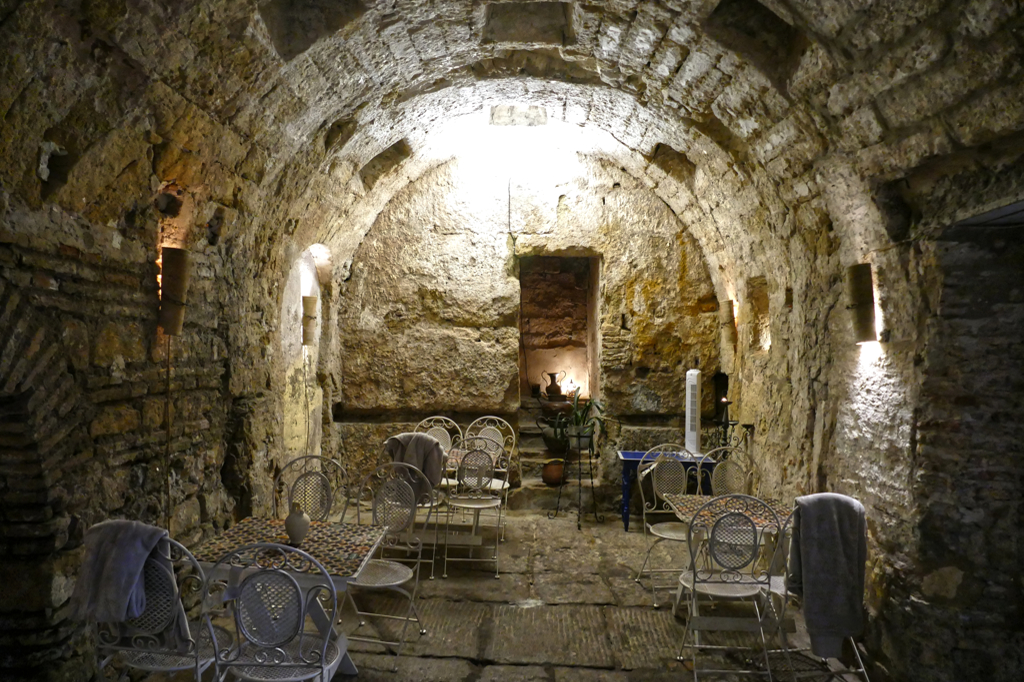
I’ve marked my favorite Teterías the Tetería Córdoba and the Tetería Petra as well as the Baños árabes de Santa María on the map below.
Breakfast
It’s probably due to the mild climate that Spanish people tend to turn their kitchen off and enjoy their meals at the uncountable cafés, bars, and restaurants. And this starts at breakfast.
There are many small bakeries and delis selling all kinds of sandwiches and empanadas. If you have a sweet tooth, you’ll also find a great variety of delicious pastries.
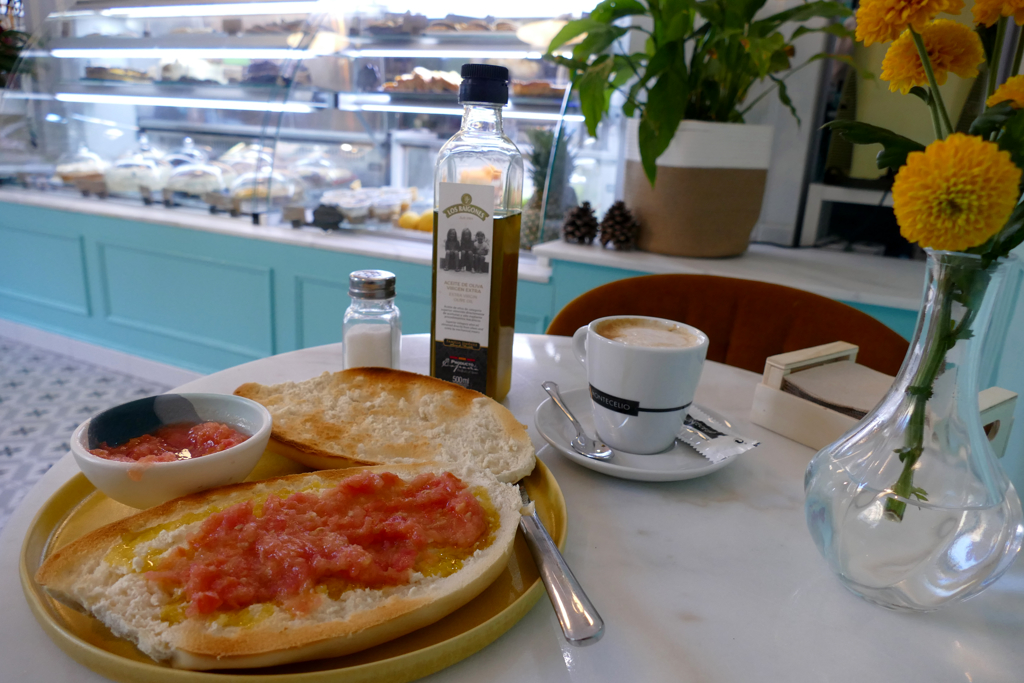
Therefore, if your hotel does not offer any breakfast, just enjoy your morning coffee at one of Cordoba’s many cafés, rubbing shoulders with the locals.
You’ll find the best ones on Calle Claudio Marcelo between the Plaza de las Tendillas and the Templo Romano. My absolute favorite one is La Tarterie at number 13. Except for Monday, they are open daily from 8.30 a. m. till 8.30 p. m.
Cash And Cards
Until now, 20 European countries replaced their former local currency with the €uro starting in 2002. Obviously, Spain is one of them. The exchange rate is 1 US$ = 0.84 EUR as of September 2025. However, you can check today’s conversion rate on this page.
You can pay with credit cards basically everywhere – as a matter of fact, due to the pandemic, most businesses prefer contactless paying by credit card for safety and hygienic reasons.
Connection and Communication
Since June 2017, no roaming charges apply within the EU with a European mobile phone contract, This applies in all 27 countries of the European Union as well as in Iceland, Liechtenstein, and Norway and to all contracts.
In case European roaming is not available, you can connect to the internet without any issue at basically every museum, eatery, or café, and, of course, hotel.
If you insist on being online 24/7, you can get a SIM card, obviously. The cheapest one would be Lycamobile while Orange Tu Mundo has the widest coverage.
In Spain, they use plug types C and F. Their voltage is 230 V and the frequency 50 Hz. Whereby, as nowadays, all these chargers have integrated adapters, in general, the voltage and frequency don’t really matter. By the way, you’ll find this information and many more comprehensive travel tips in my post World’s Most Complete Travel Information – an indispensable globetrotter-classic.
Language
Obviously, the official language is Spanish. If you want to learn some basic Spanish or just brush up on your knowledge, there are various apps and online tools. I personally like to practice with babbel. However, due to international tourism, many people speak at least some rudimentary English.
Nevertheless, here are some ground rules to Spanish pronunciation since saying for instance city names wrong can cause some problems.
Say It Right
In general, you read Spanish the way it’s written. You only have to know that the letter J is rather breathed than pronounced – a bit like the H in house. If you speak for instance German, Flemish, or Czech, you get even closer by pronouncing it like a CH in echt.
Always, no exception.
This applies also to the letter G, but only if it stands before an E or an I. If it’s followed by A, O, or U, it’s pronounced like the G in guitar, hence, hard. This is also the perfect example of how to make a G sound hard before an E or an I: They squeeze in a mute U.
Another tricky letter for foreigners might be the letter C. Same rule as above: before an A, O, or U, it’s hard and pronounced as K. Followed by E or I, it is pronounced like an English th – at least in Spain, Latinos don’t do that, they pronounce it like a normal S. Now, if you want that th-sound in combination with A, O, or U, the letter Z comes in the picture. So Cádiz is pronounced Kadis, and Zaragoza Tharagotha or Saragosa.
On the other hand, if you want C to sound hard in combination with E or I, you make it a QU – but again, you don’t hear the U. Fine example: Tequila, that you pronounce like Tekkila.
The last trap is double L which is not pronounced like an L but like a Y in yellow. So it’s not Malorca, but Mayorca. However, don’t overdo it: When a word is written with just one L like Málaga, it’s a simple and innocent L.
Visiting Organized
Yes, I’m an independent, avid solo-travelling woman. However, I recommend joining a guided tour at times. Especially if you visit Córdoba during high season or if you have just a very short period of time, an organized tour will take you to all the most important sites in an efficient yet comfortable way.
Therefore, here are some great ideas of which tours to join*:
Map
This map should help you to find Córdoba’s most mesmerizing places:
Córdoba was the last stop of my amazing road trip through Andalusia. To read about the others, go to the main post and take your pick! There, you’ll also find further valuable general information that will make your own trip much smoother and more enjoyable.
Pinnable Pictures
If you choose to pin this post for later, please use one of these pictures:
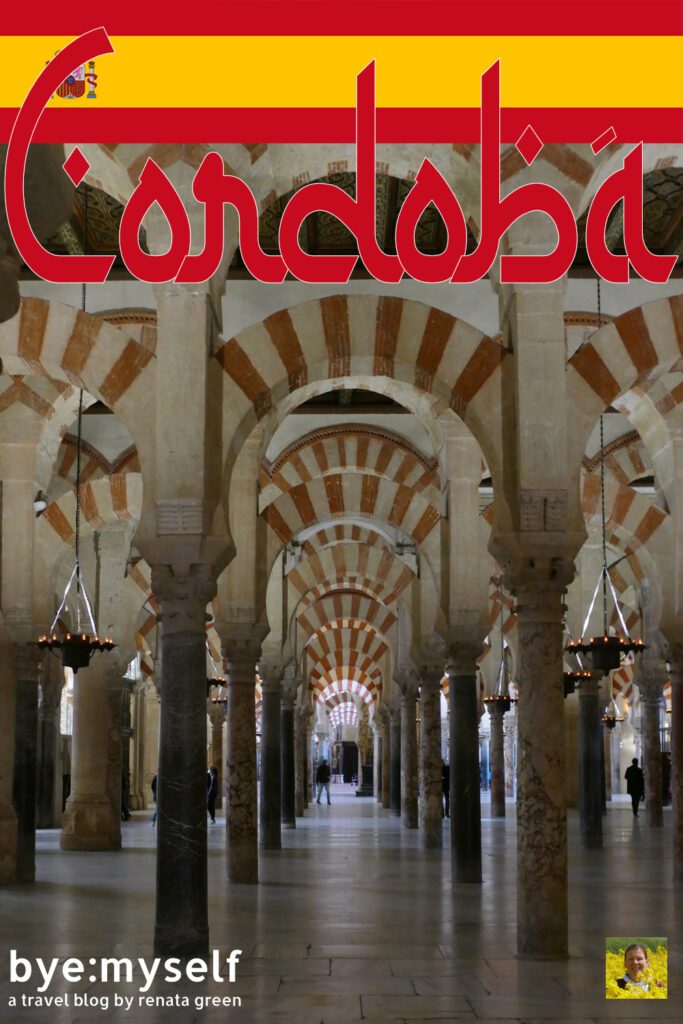
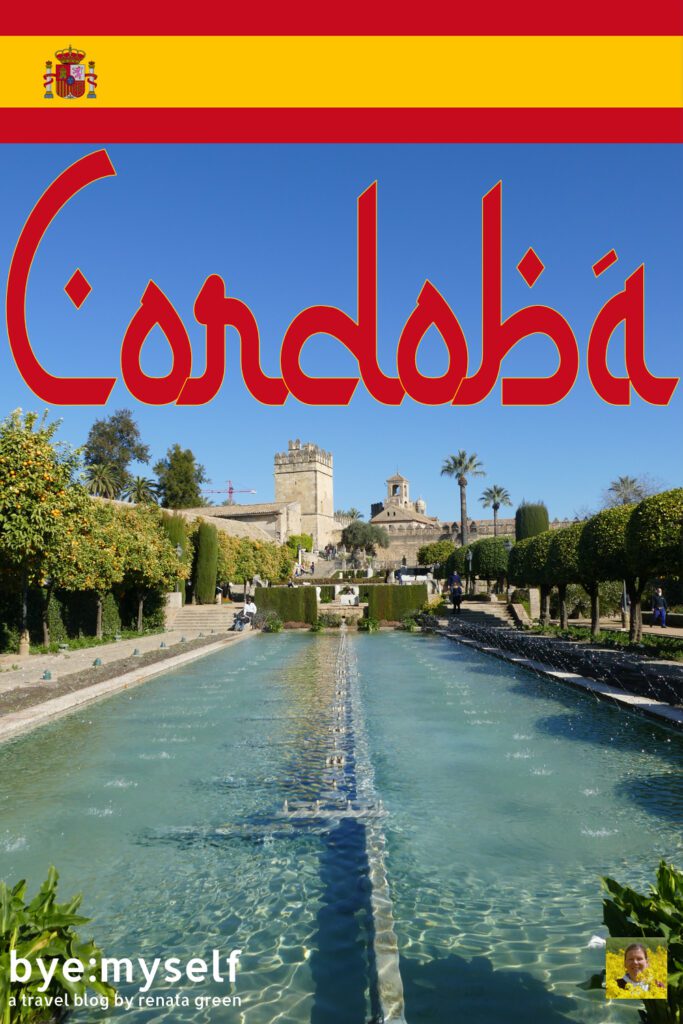
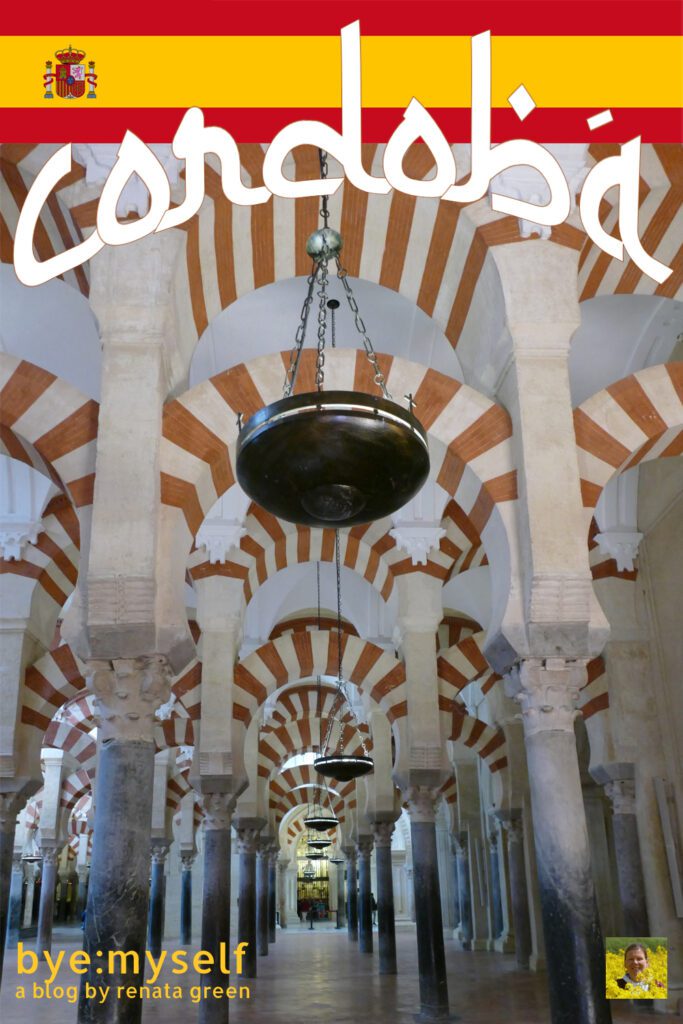

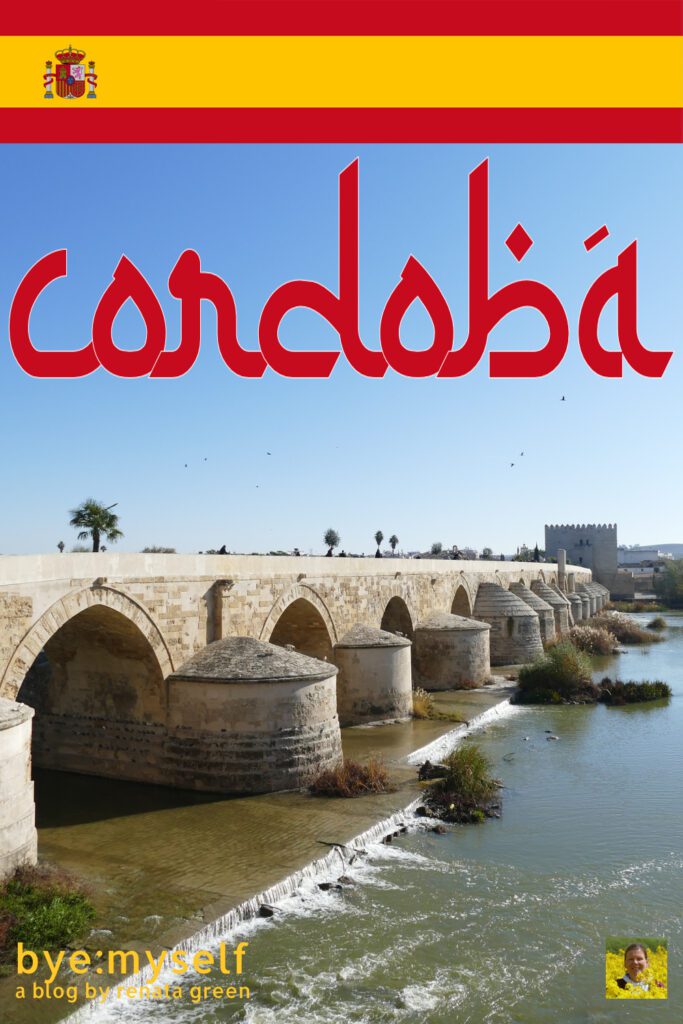
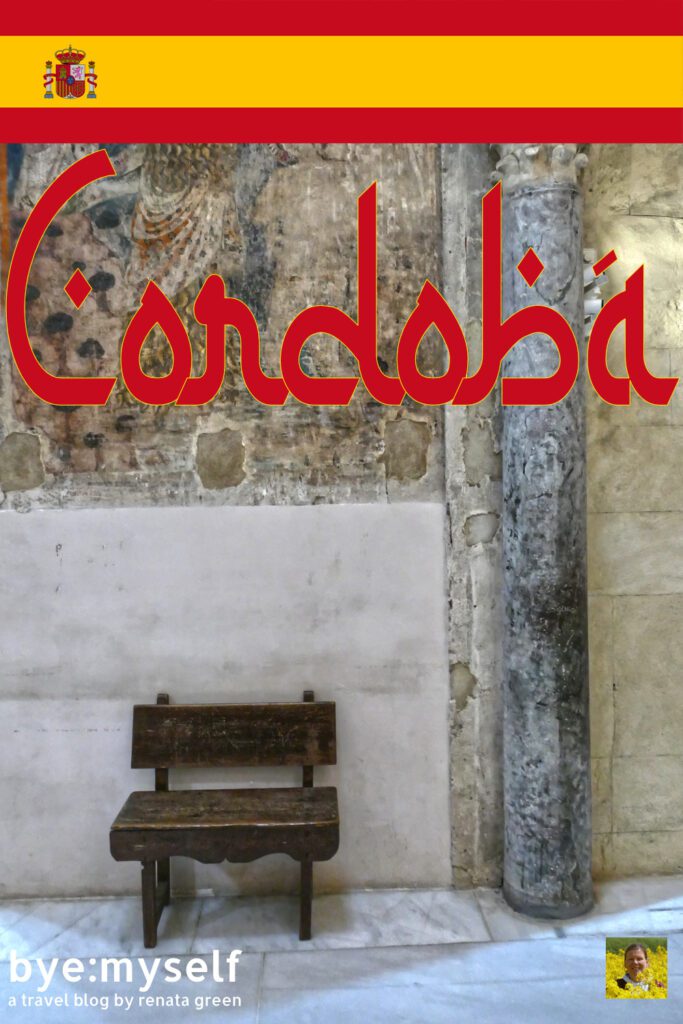
Note: I’m completing, editing, and updating this post regularly – last in September 2025.
Did You Enjoy This Post? Then You Might Also Like These:
One Day in SANTA CRUZ de TENERIFE
Day Trip to the Albufera Nature Reserve Outside Valencia
PUERTO del ROSARIO – Fuerteventura’s Underrated Capital
Guide to MALAGA – How to Enjoy the Ease of Being at the Hometown of Pablo Picasso
Best Street Art in VALENCIA
Best Things to do in TENERIFE – one week on a microcontinent
Best Things to do in GRAN CANARIA in one week
Guide to JEREZ de la FRONTERA – Flamenco, Carthusians, And Sherry Wine
* This is an affiliate link. Hence, If you book through this page, not only do you get the best deal. I also get a small commission that helps me run this blog. Thank you so much for supporting me!
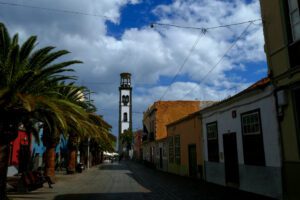
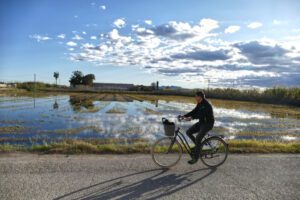
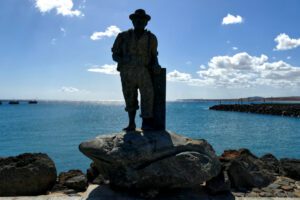
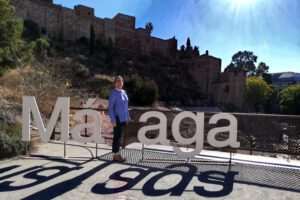
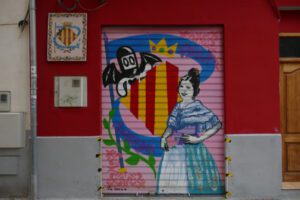

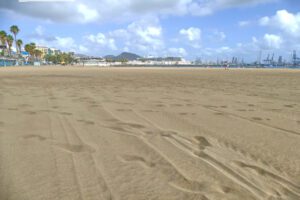

I like your article because you present the complex story of Cordoba in an accessible and exciting way. This is one of my favorite cities in Spain. I love this architectural mix, the Muslim influences that penetrate the walls. Córdoba´s Mosque is my favorite place. A great and detailed guide to the city.
Thanks for taking me back! I am so glad you got to visit Cordoba on this visit to Spain. We found the city so amazing with lots to see and do. I loved reading more of the history in your blog post. It looks like you had great weather but not so hot you could not enjoy it.
After reading this, I regret having skipped this on my own circular tour. Visited Malaga, Grabada, and Sevilla. Went on to Morocco instead of Cordoba and missed seeing the Mezquita and Alcazar and flamenco!
You need to go back then, Carol. Córdoba was definitely one of my three personal highlights in Andalusia. Really special 🙂
I love Cordoba! There are so many places to explore and see many of them within walking distance in the centre city. I visited this city and simply enjoyed learning so much history and viewing the unique architecture. It’s amazing how the Christians, Jews, and Muslims lived peacefully together. 🙂
Same here – it was one of my favorite places on this trip through Spain 🙂
I’m speechless because there are buildings in Cordoba that were built back to hundreds something year. The oldest ones near where I live were built in the 1800s. I really want to see Mezquita-Catedral de Córdoba with its 1300 columns and 760 arches.
Yes, it’s surreal for how long those structures have been there 😮
I know, I found it funny visiting cities in the US where the historic part was just hundred or two hundred years old 😀
The more I read about Andalucia, the more I want to go there. It is so rich in history, with a beautiful climate, and amazing architecture.
That’s right – I’d argue that it’s the most typical part of Spain. 🙂
Wow, I never knew that Cordoba has a lot of beautiful places to explore. I would love to visit these places someday when the pandemic is over. Thanks for sharing your wonderful experience in Cordoba. I will add them to my bucket list.
Yap, there’s a lot to visit once this madness stops 😉